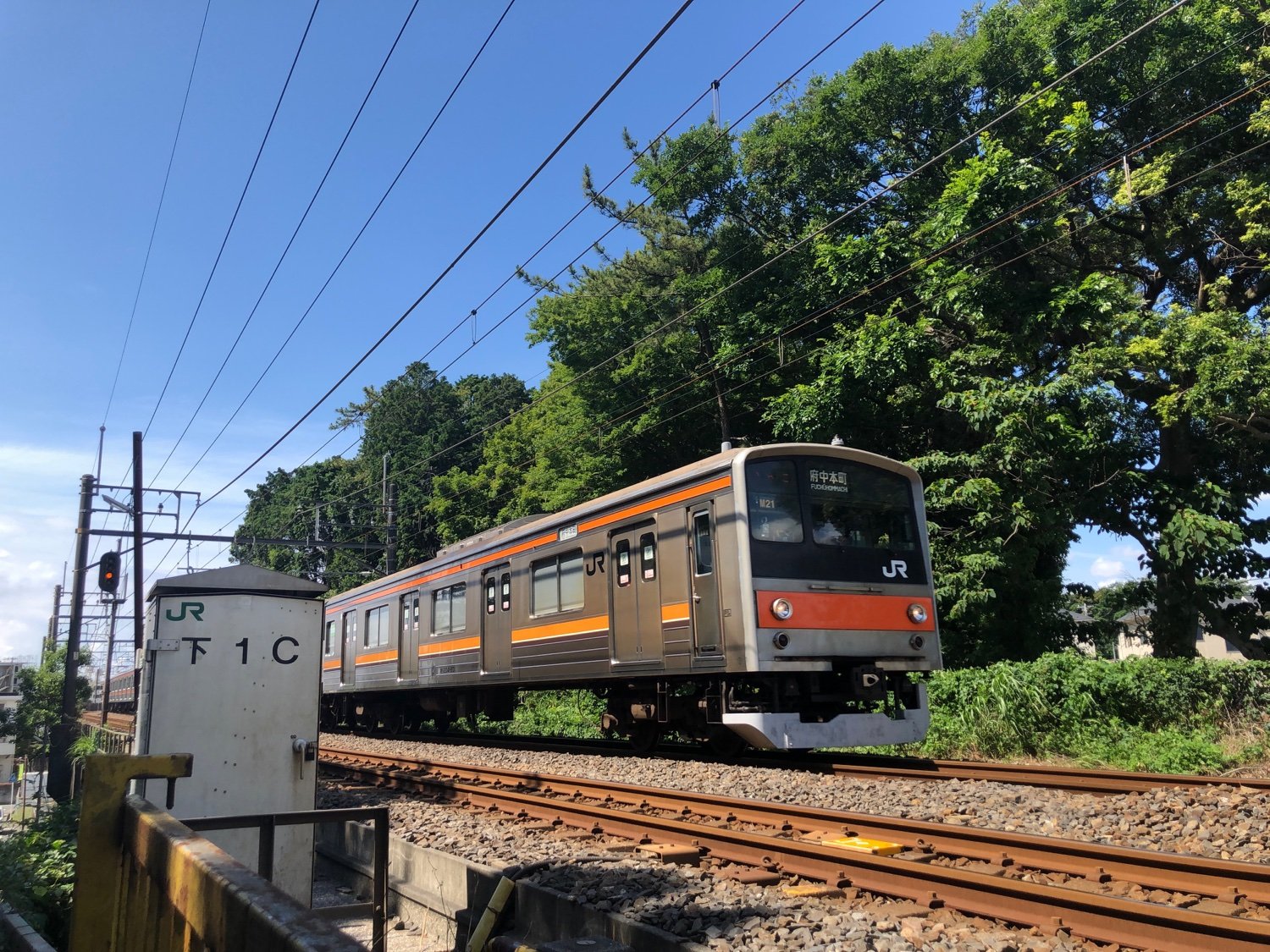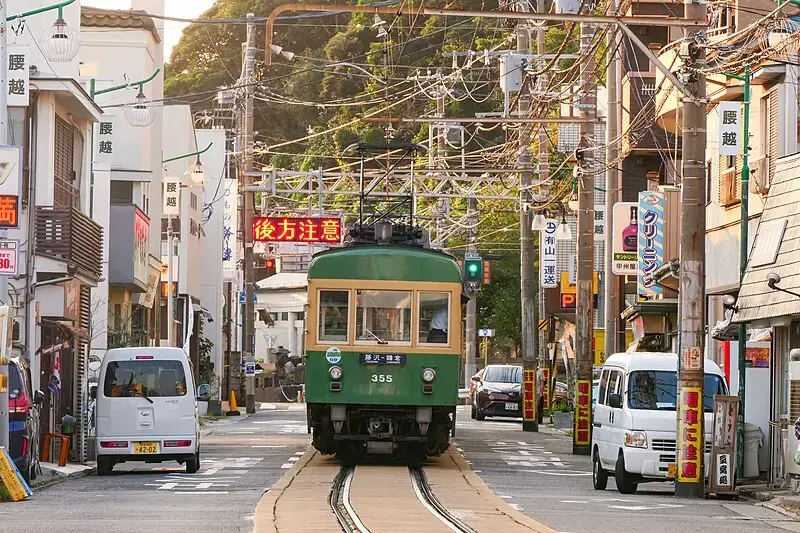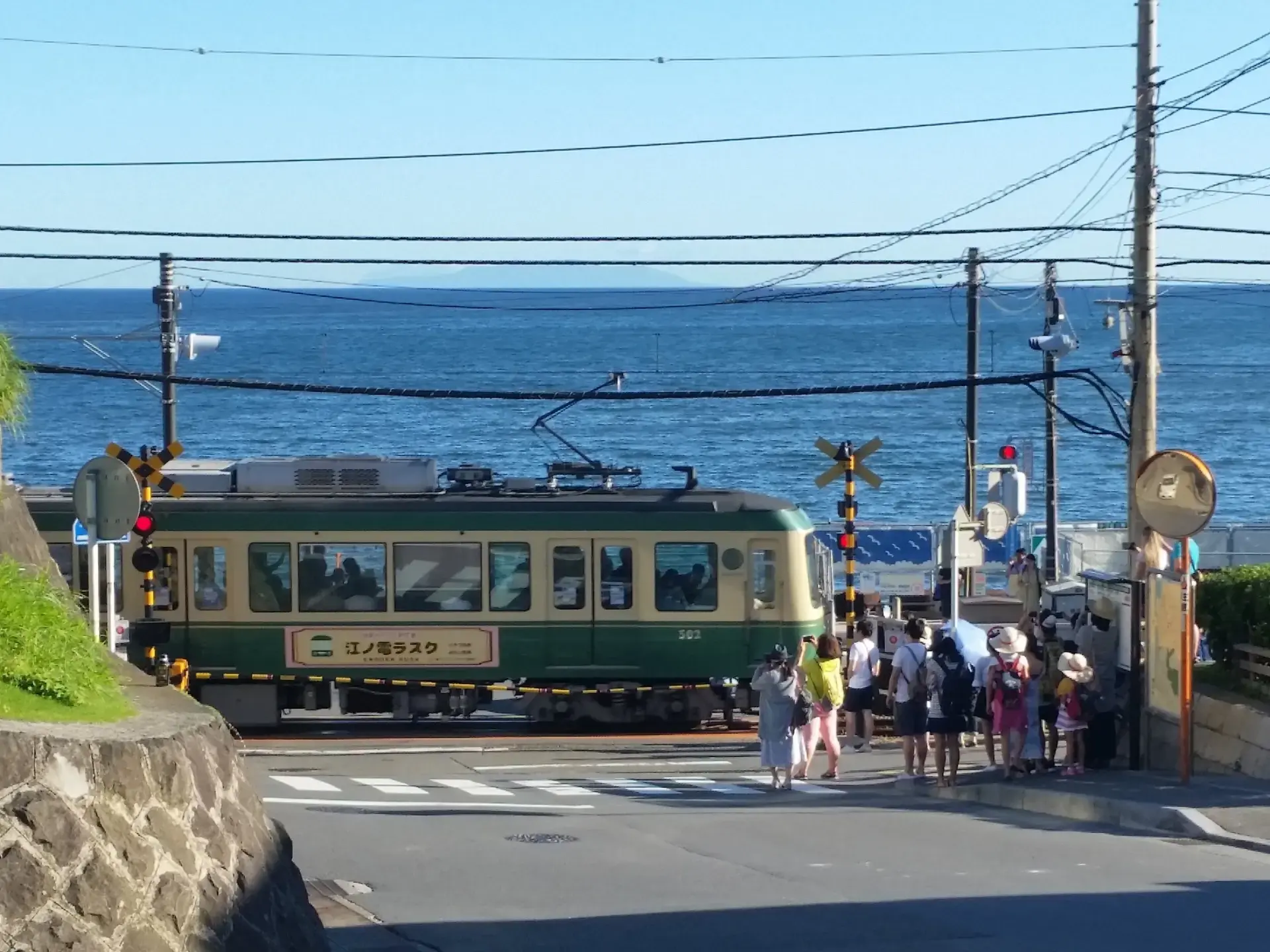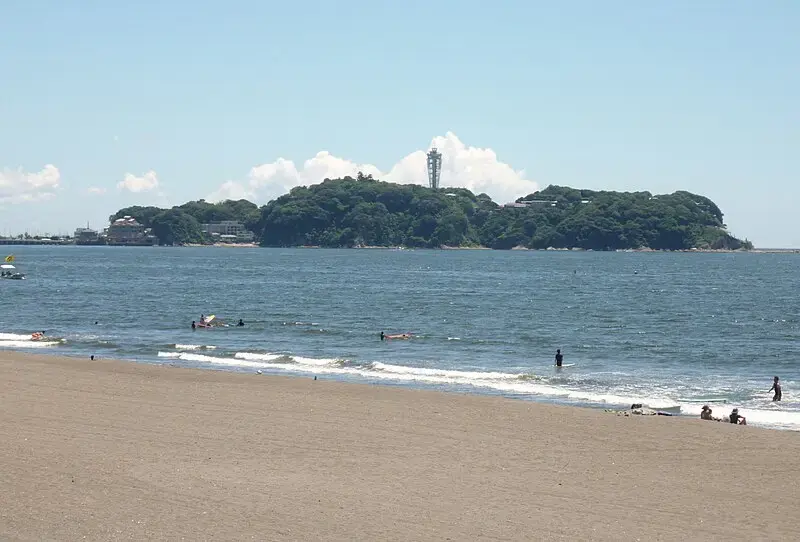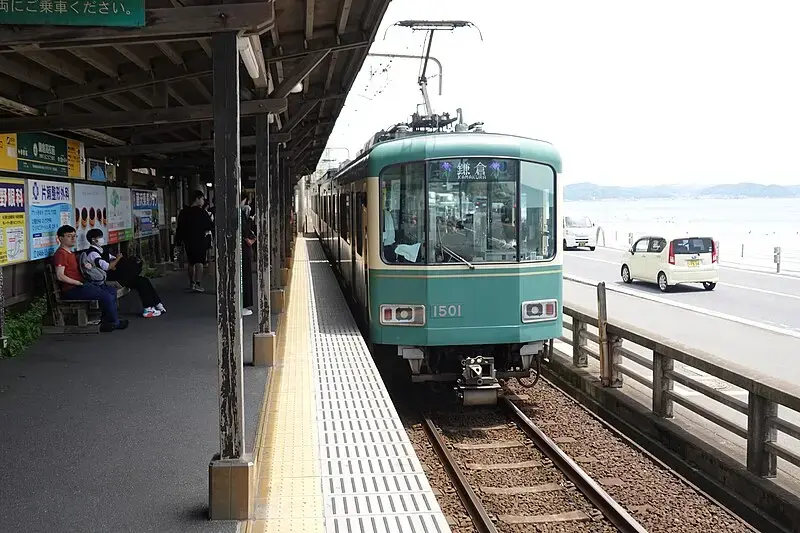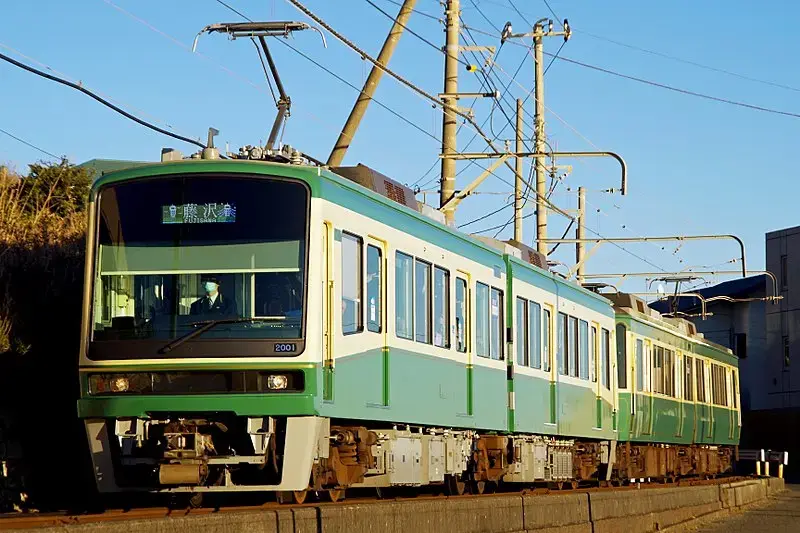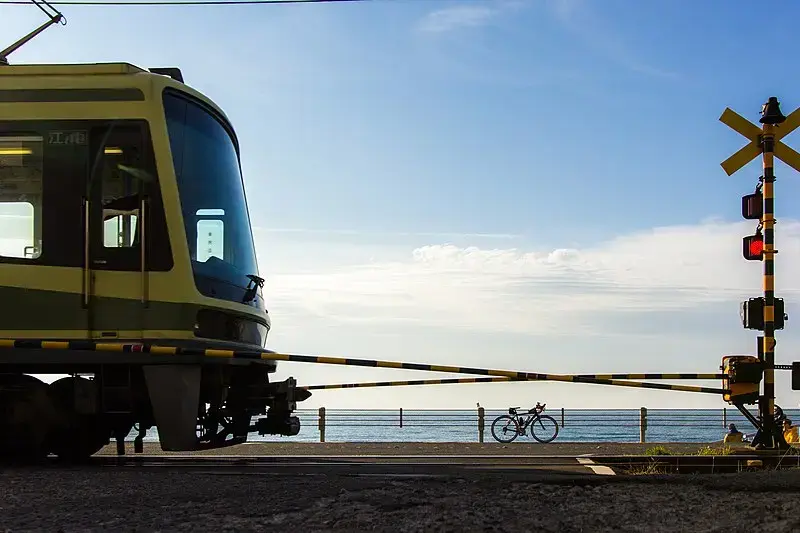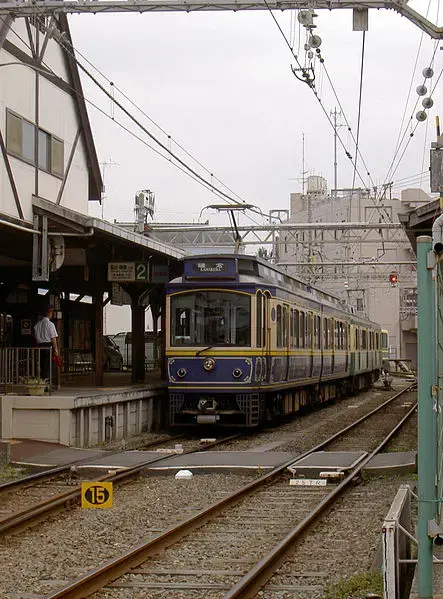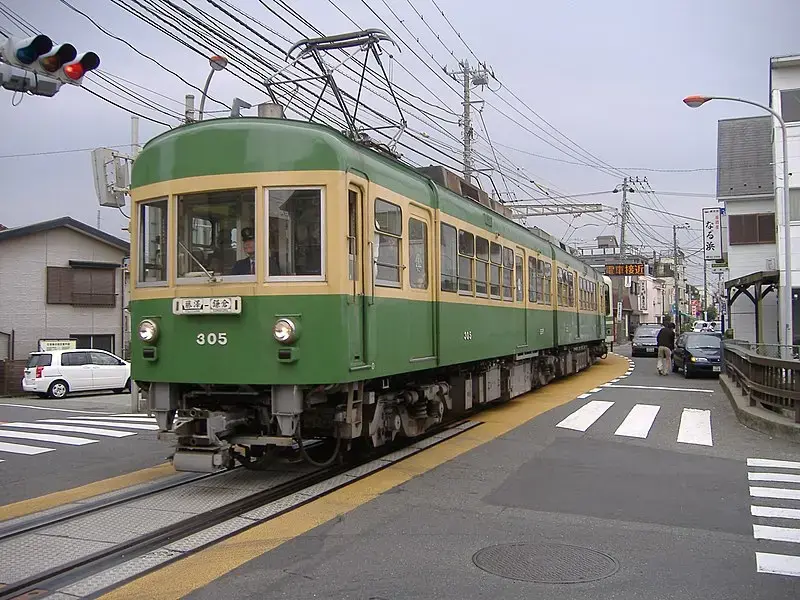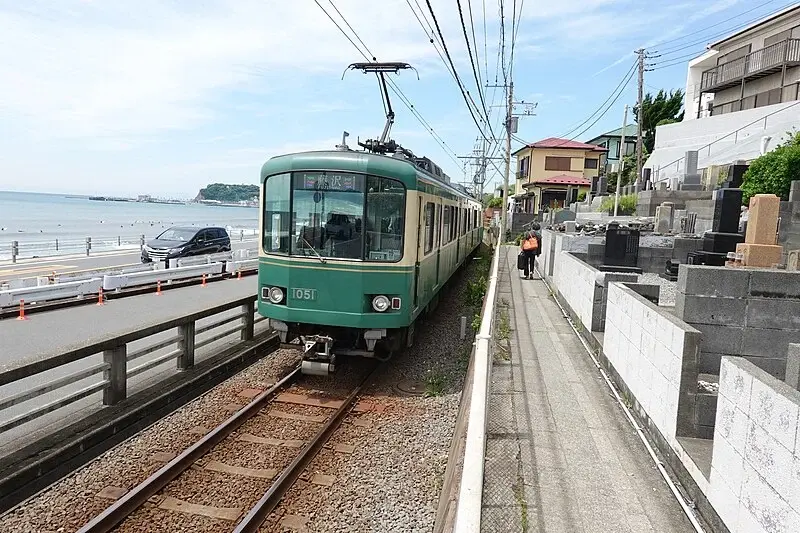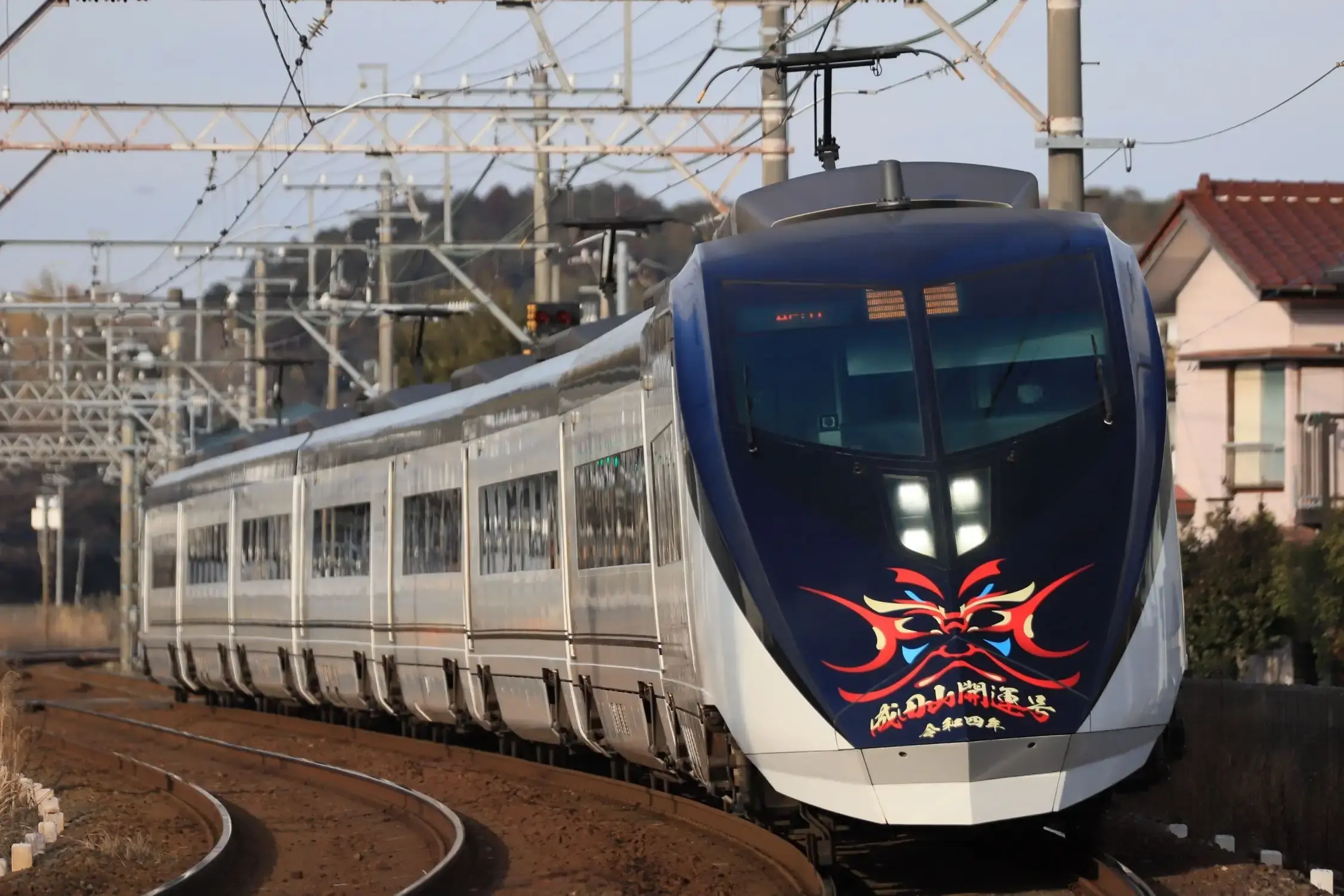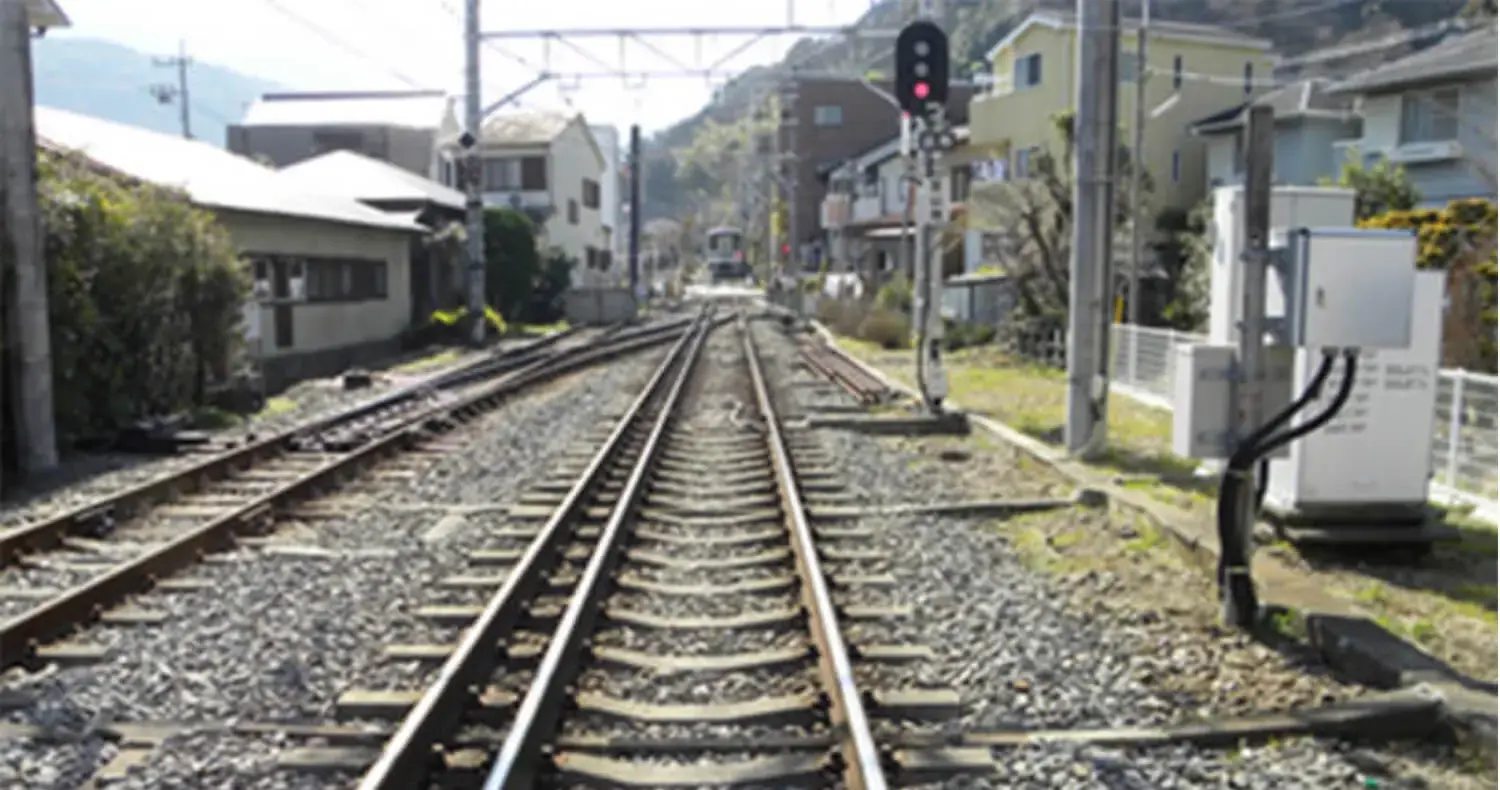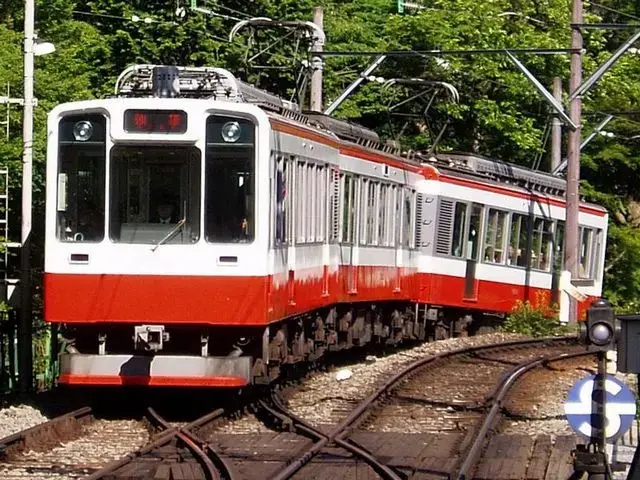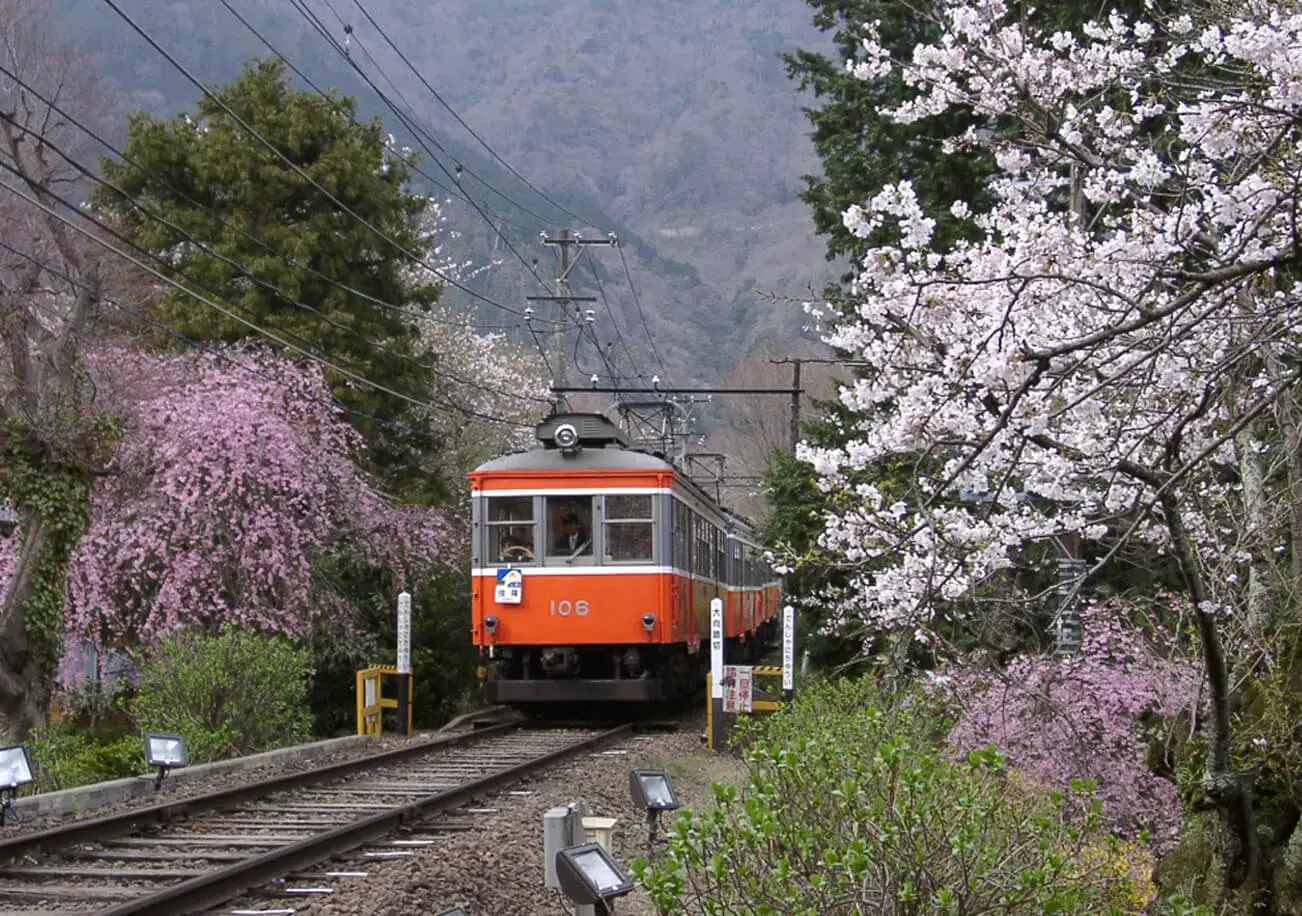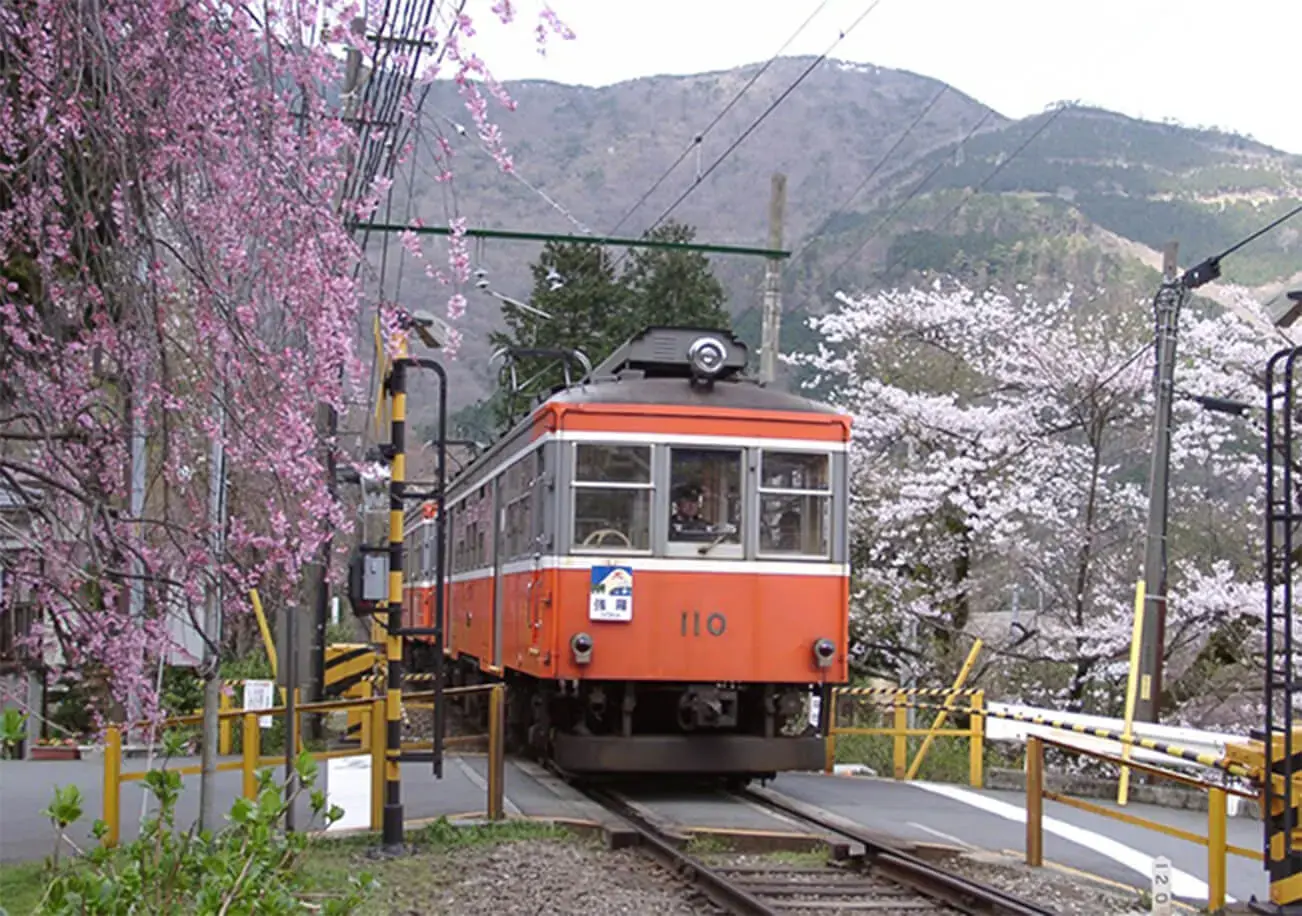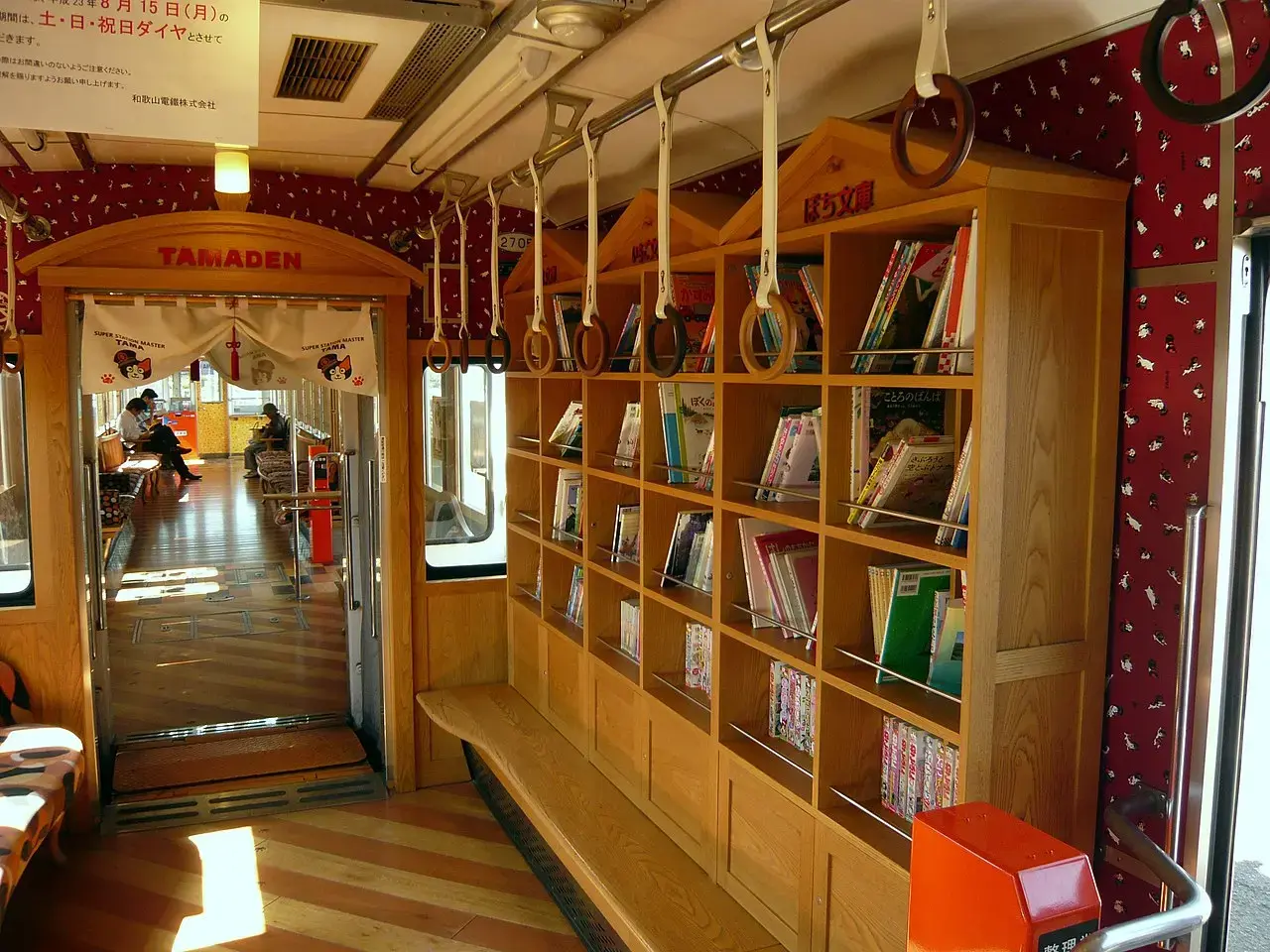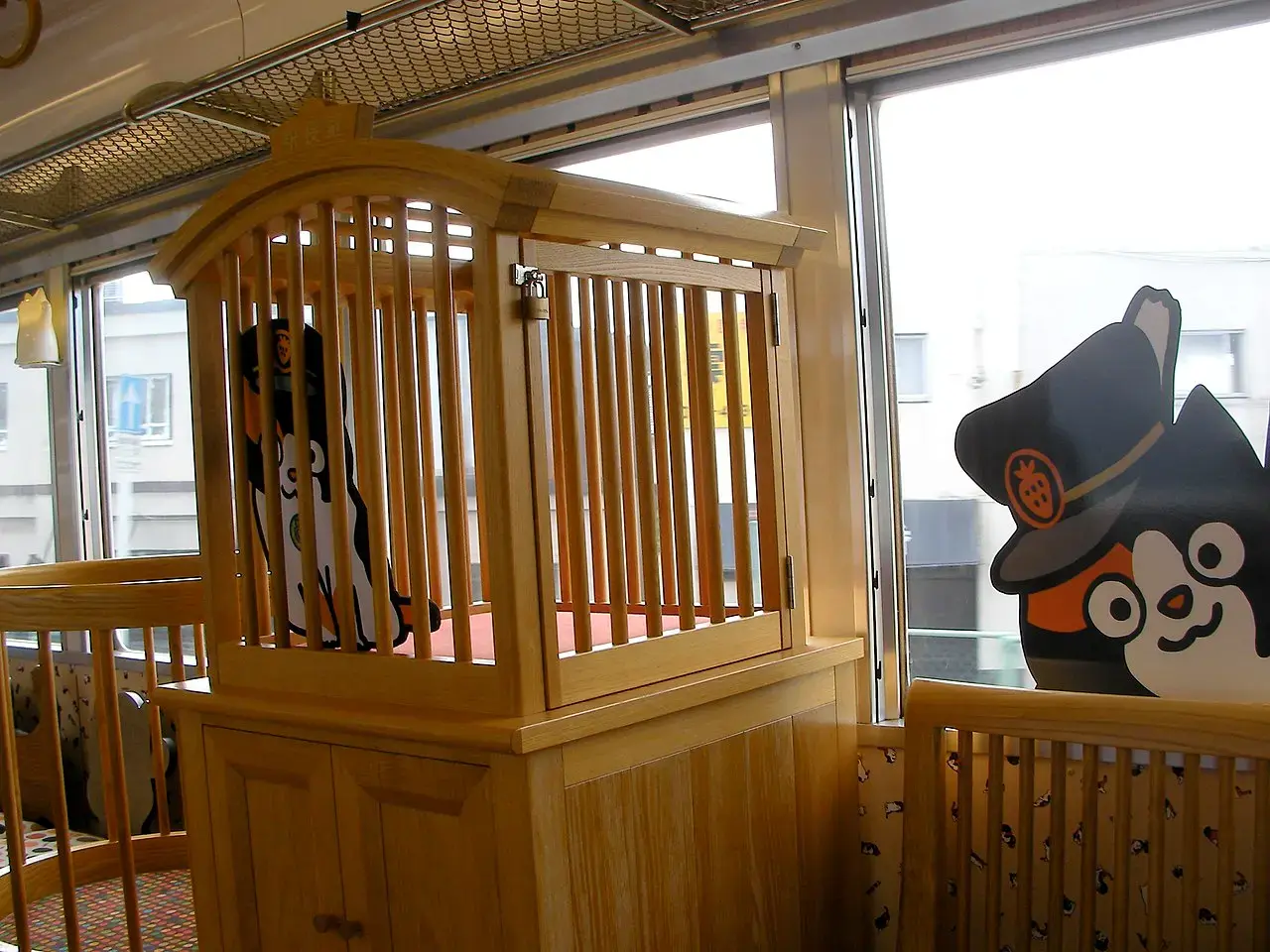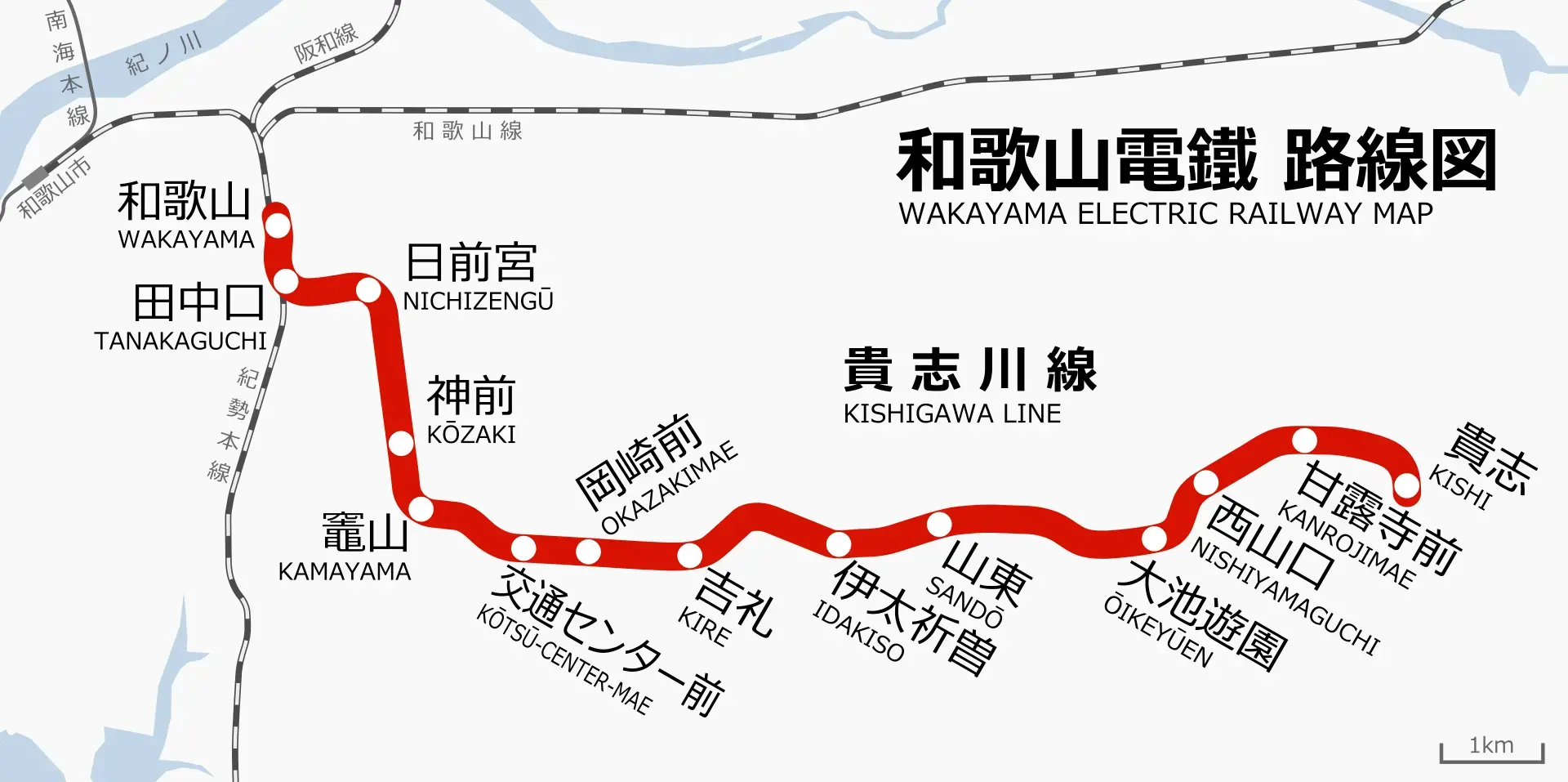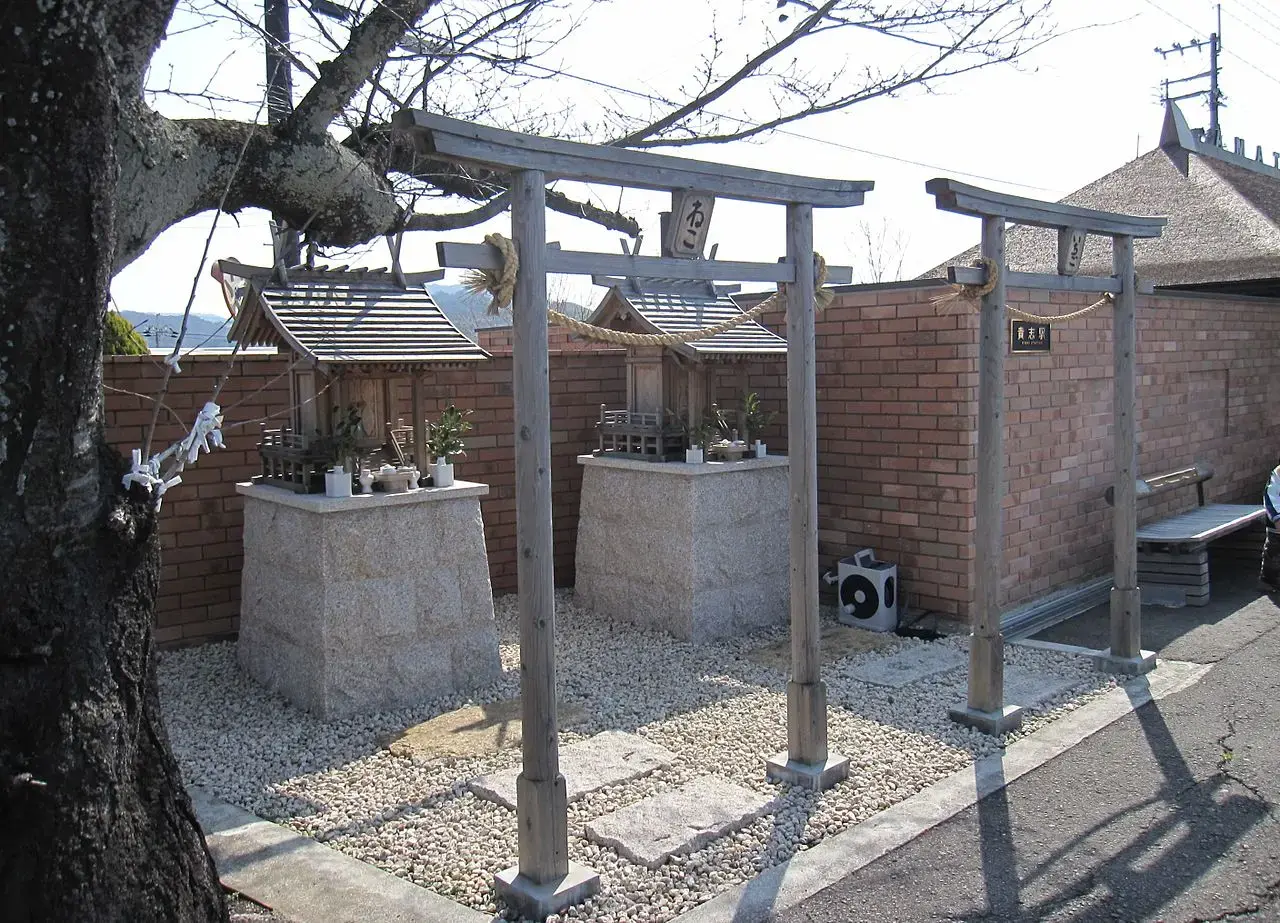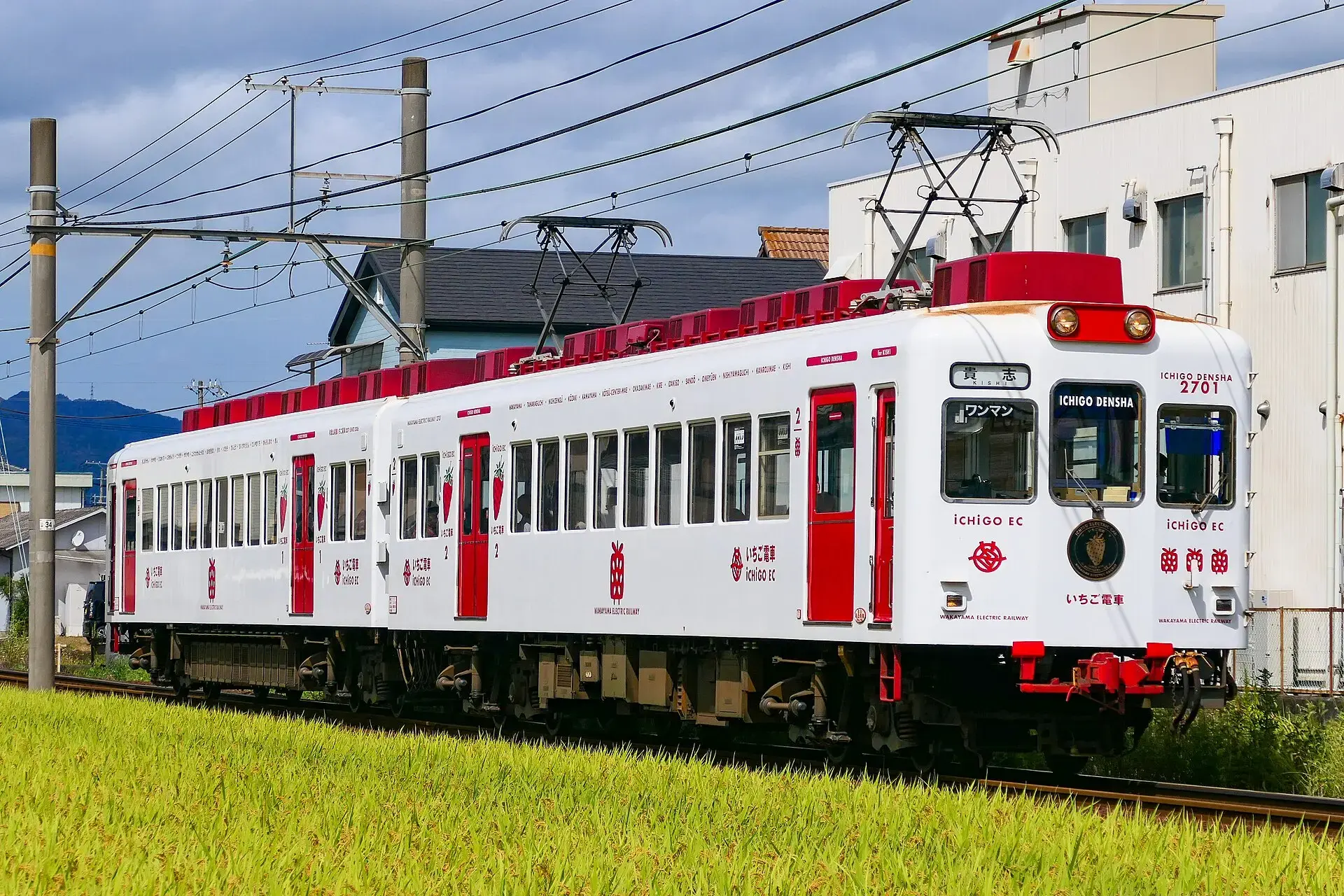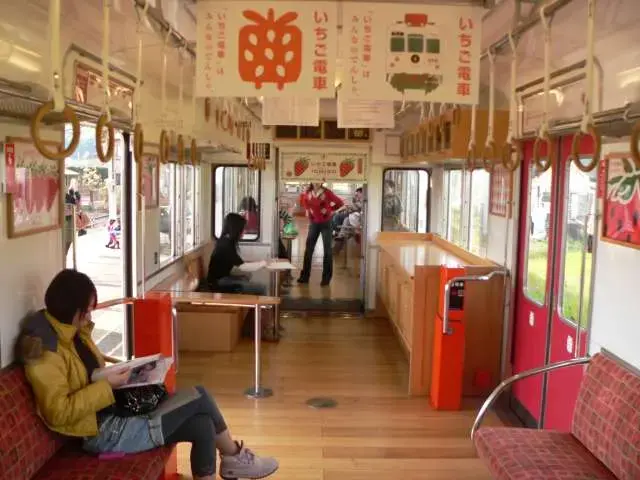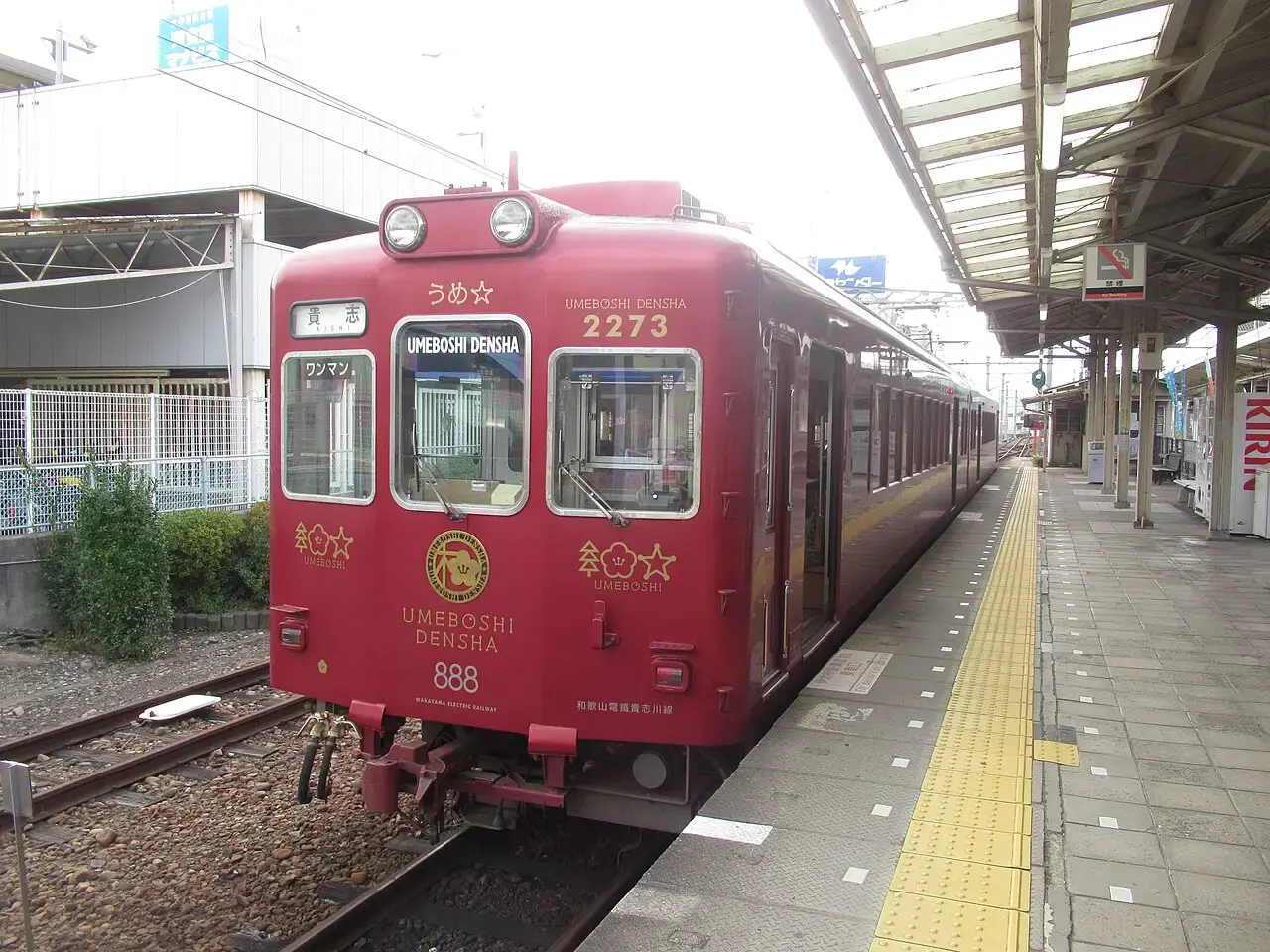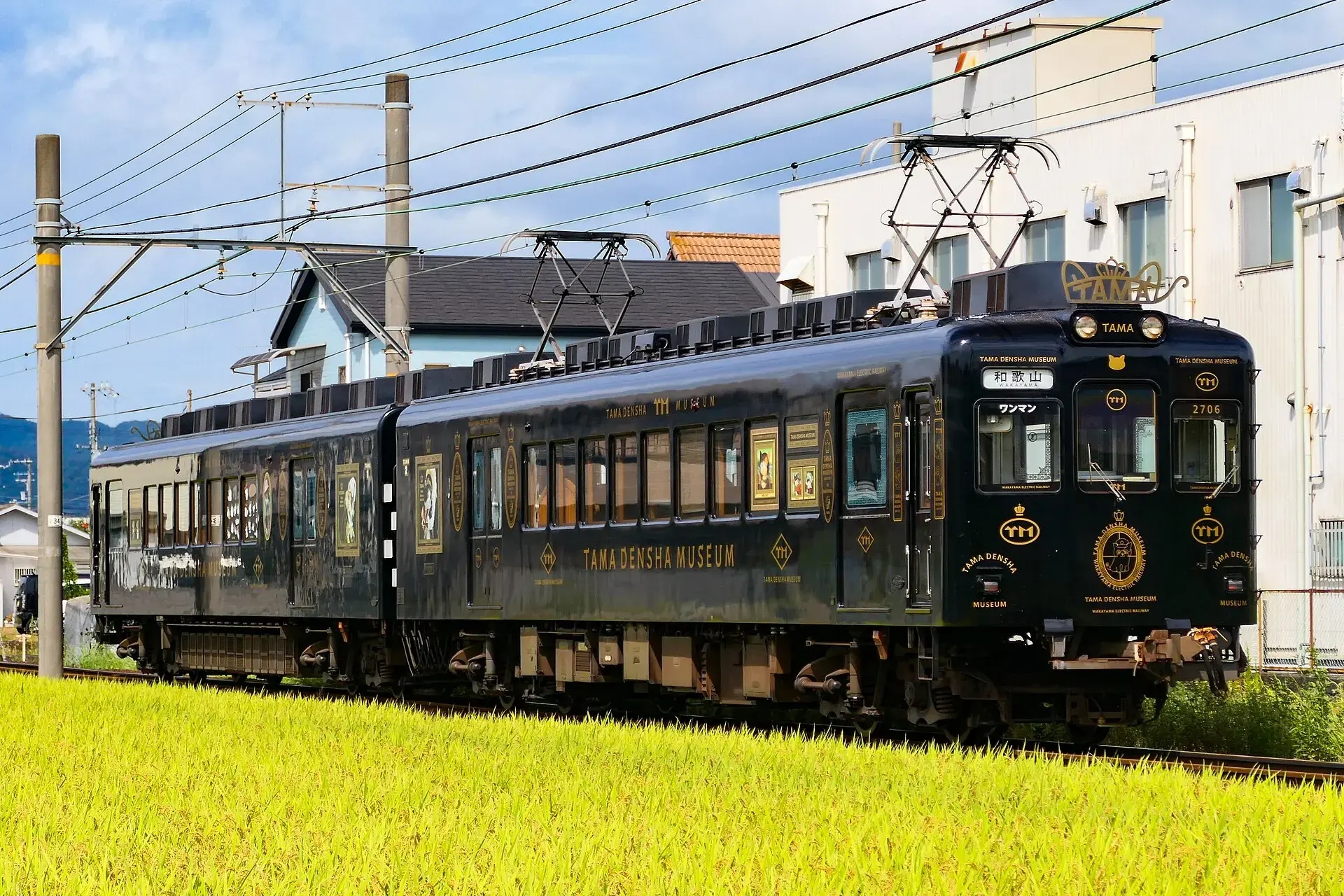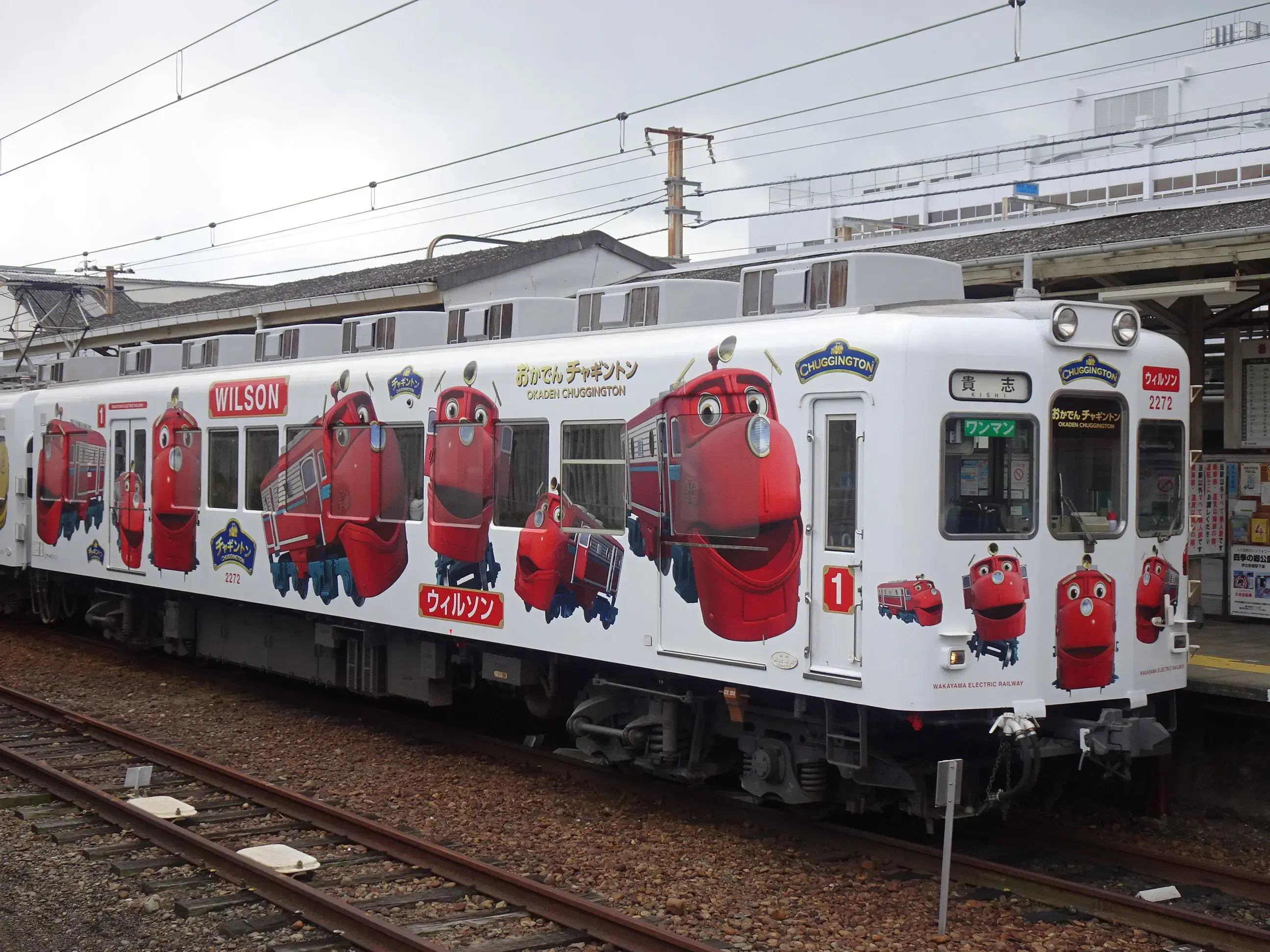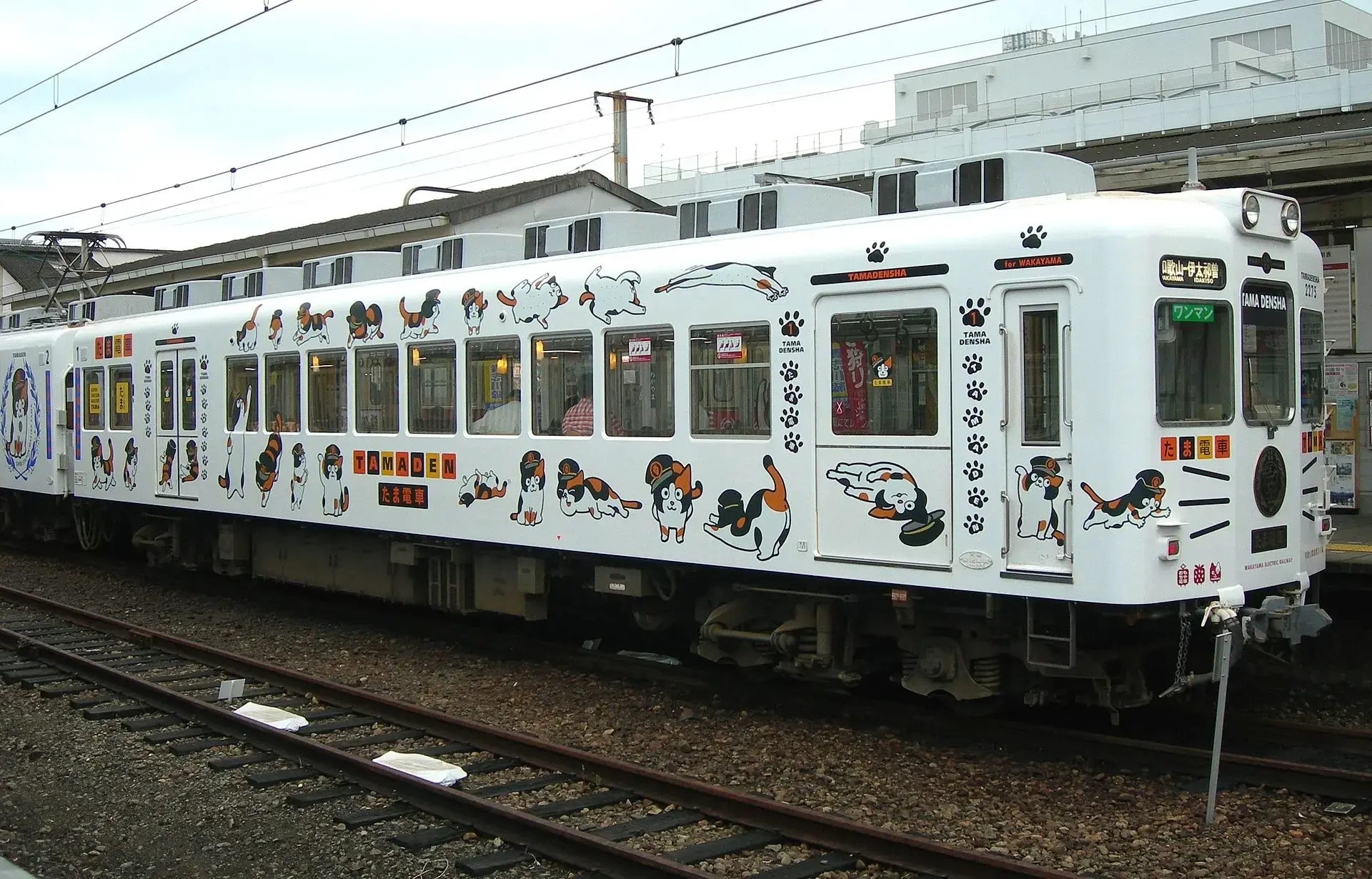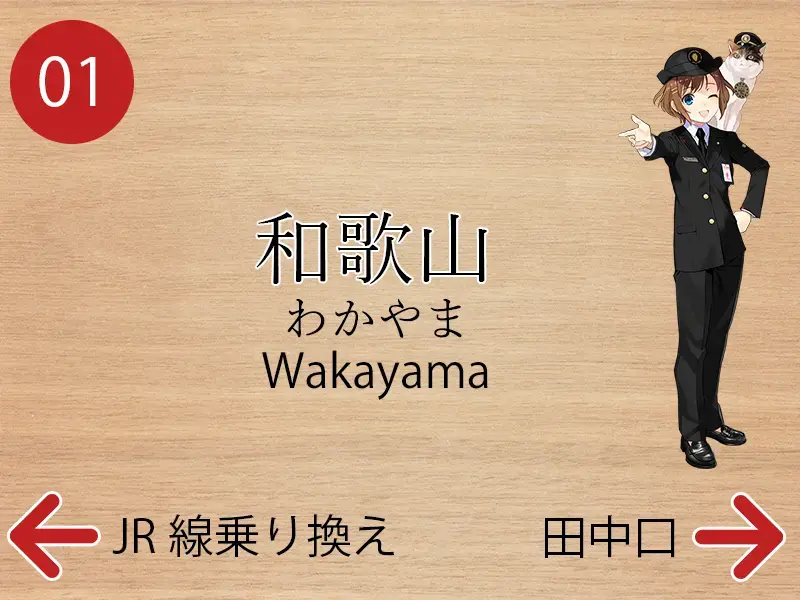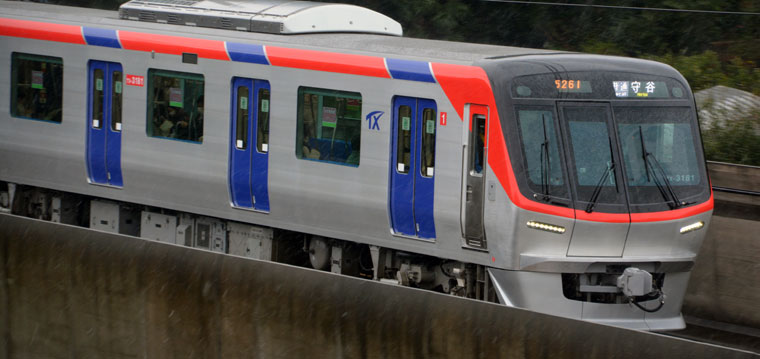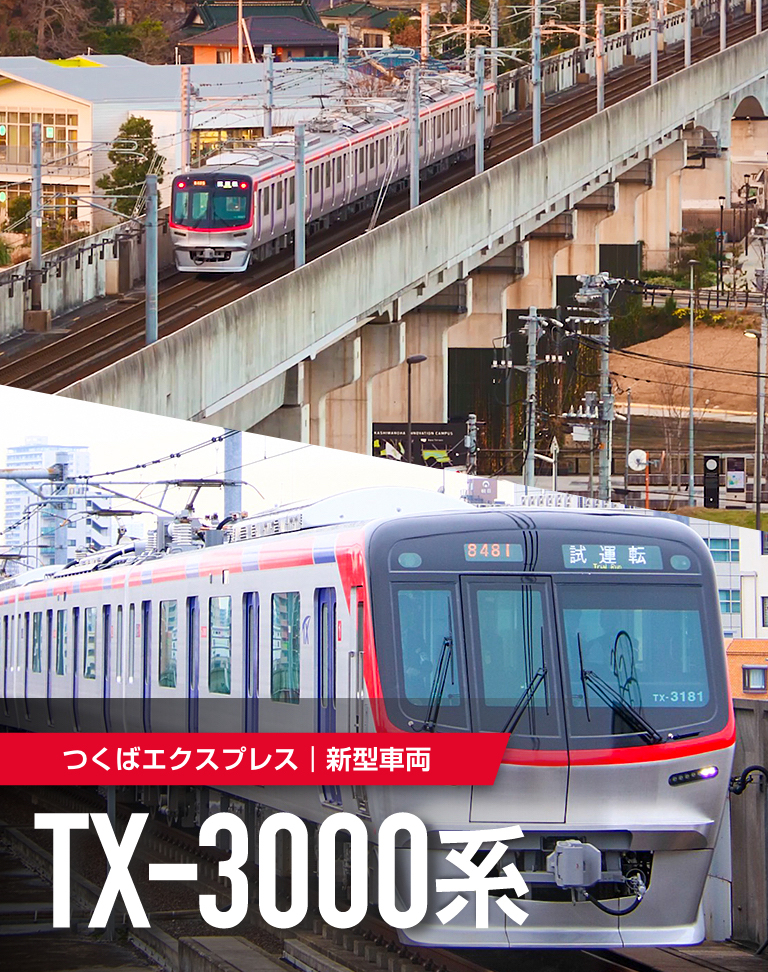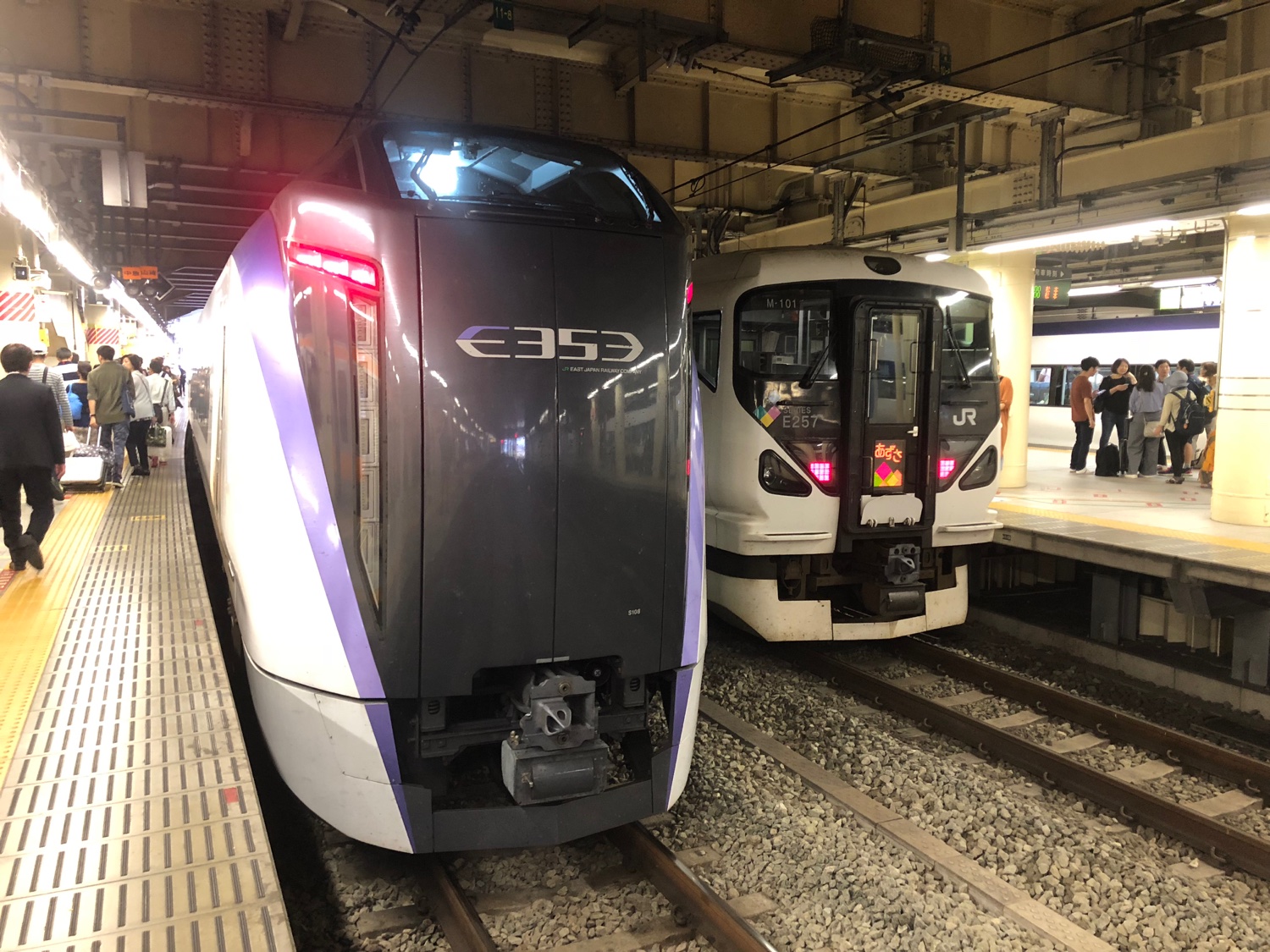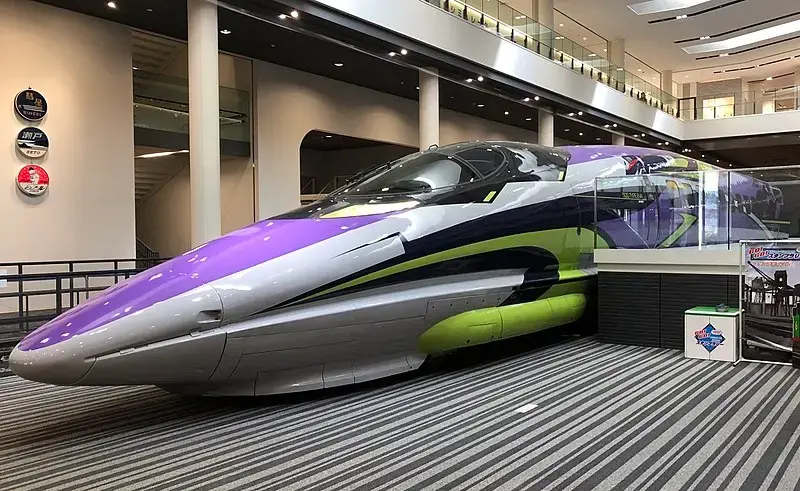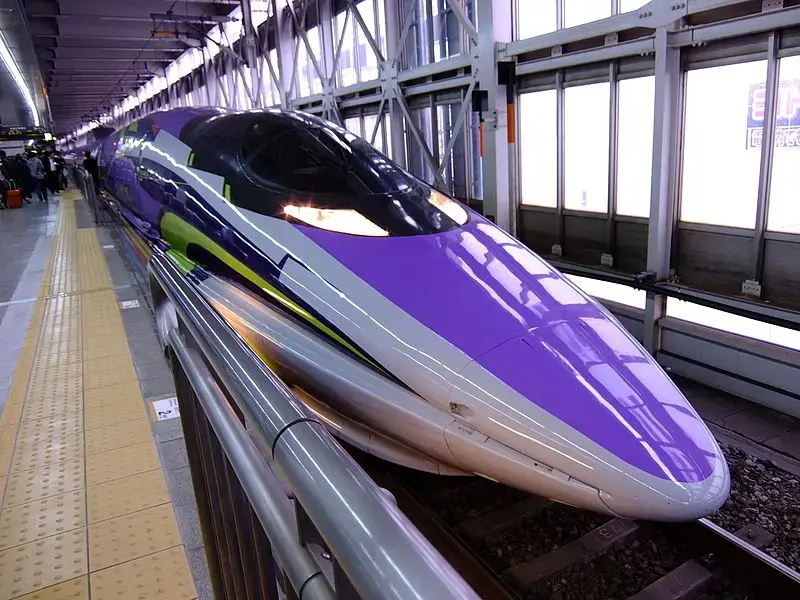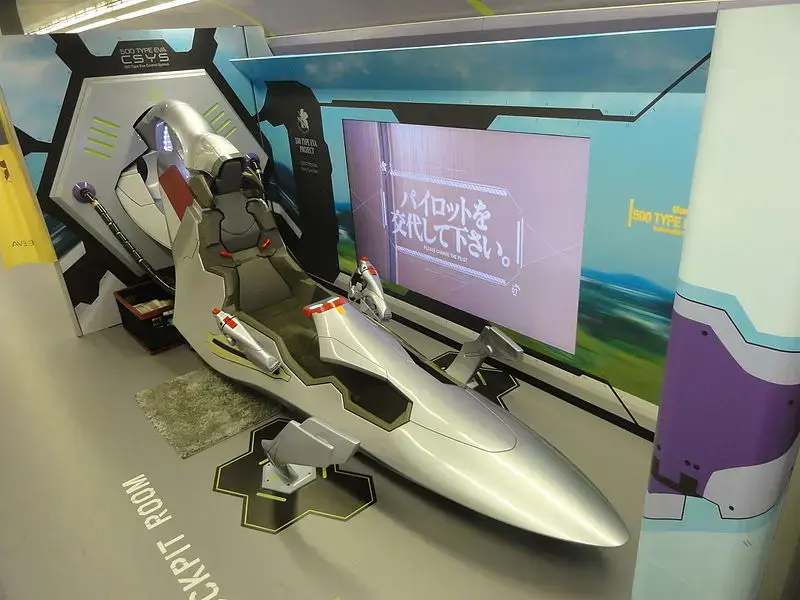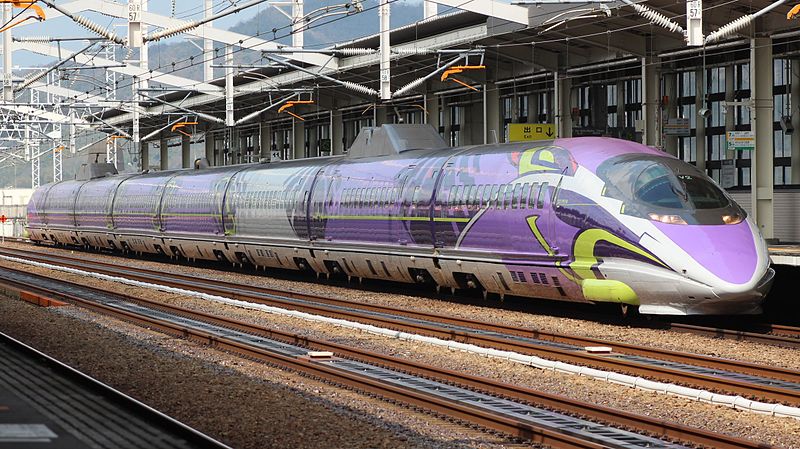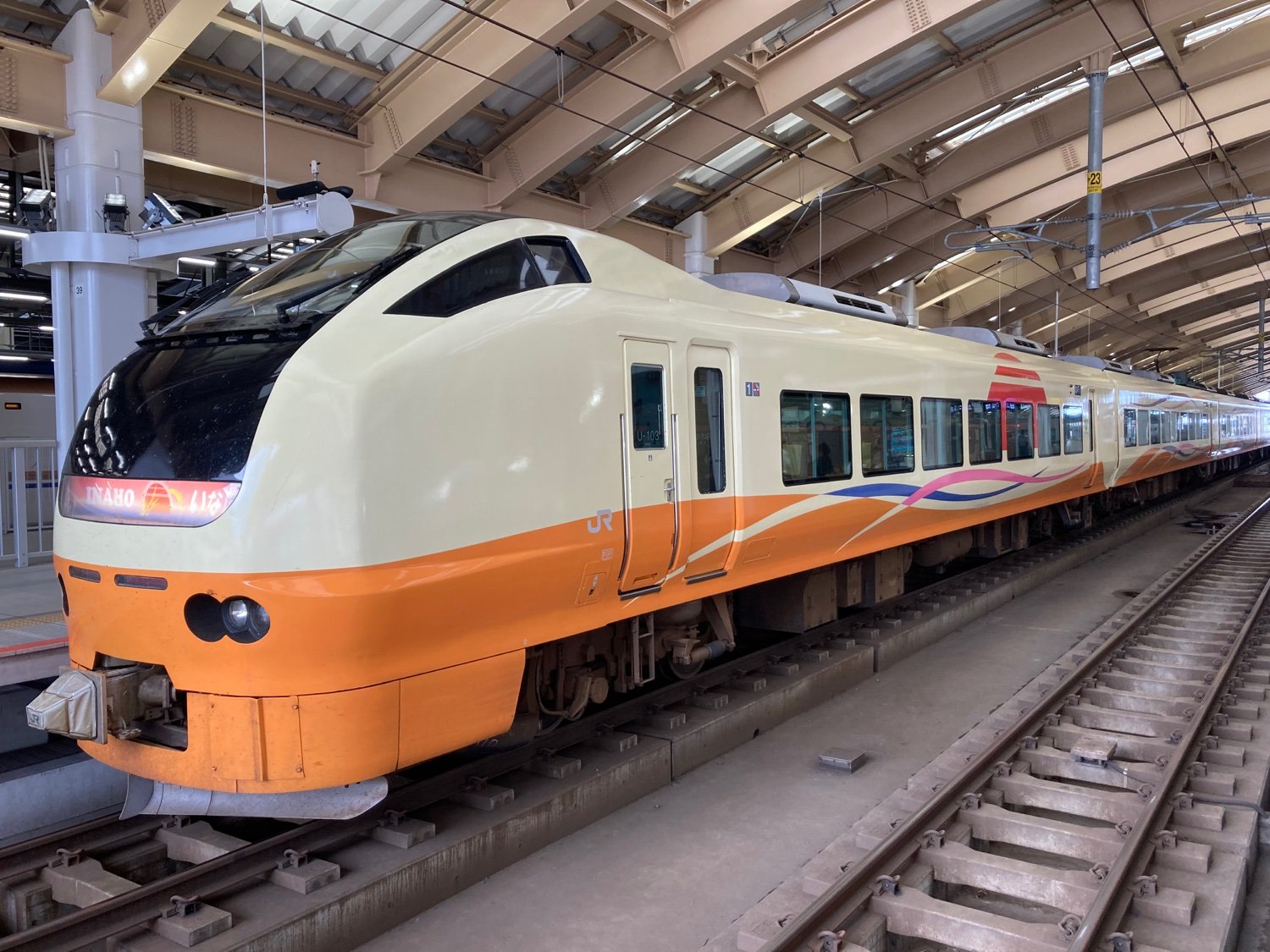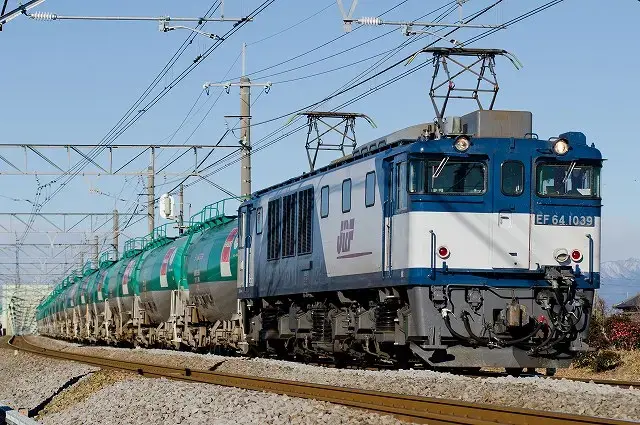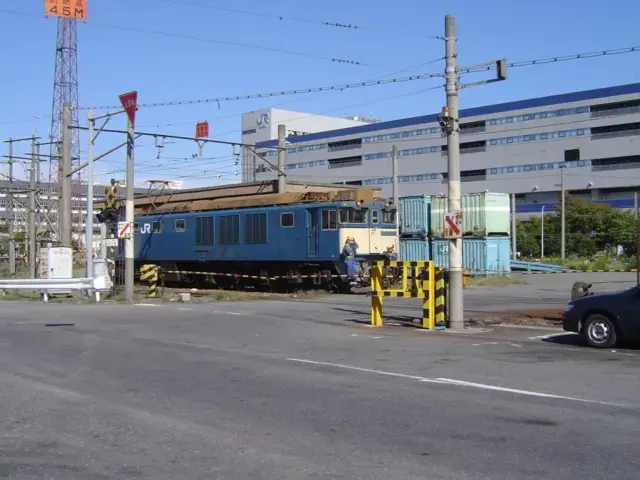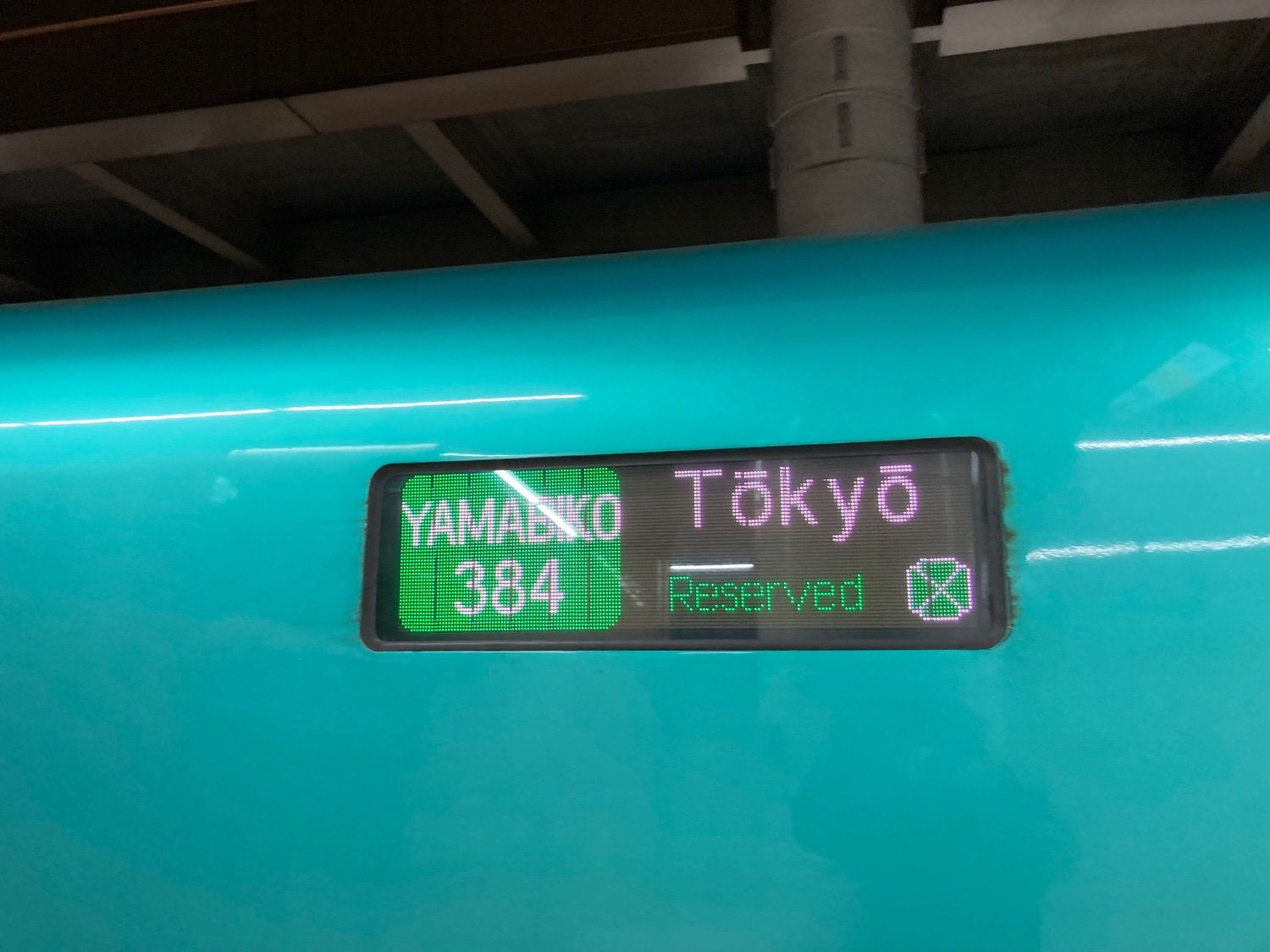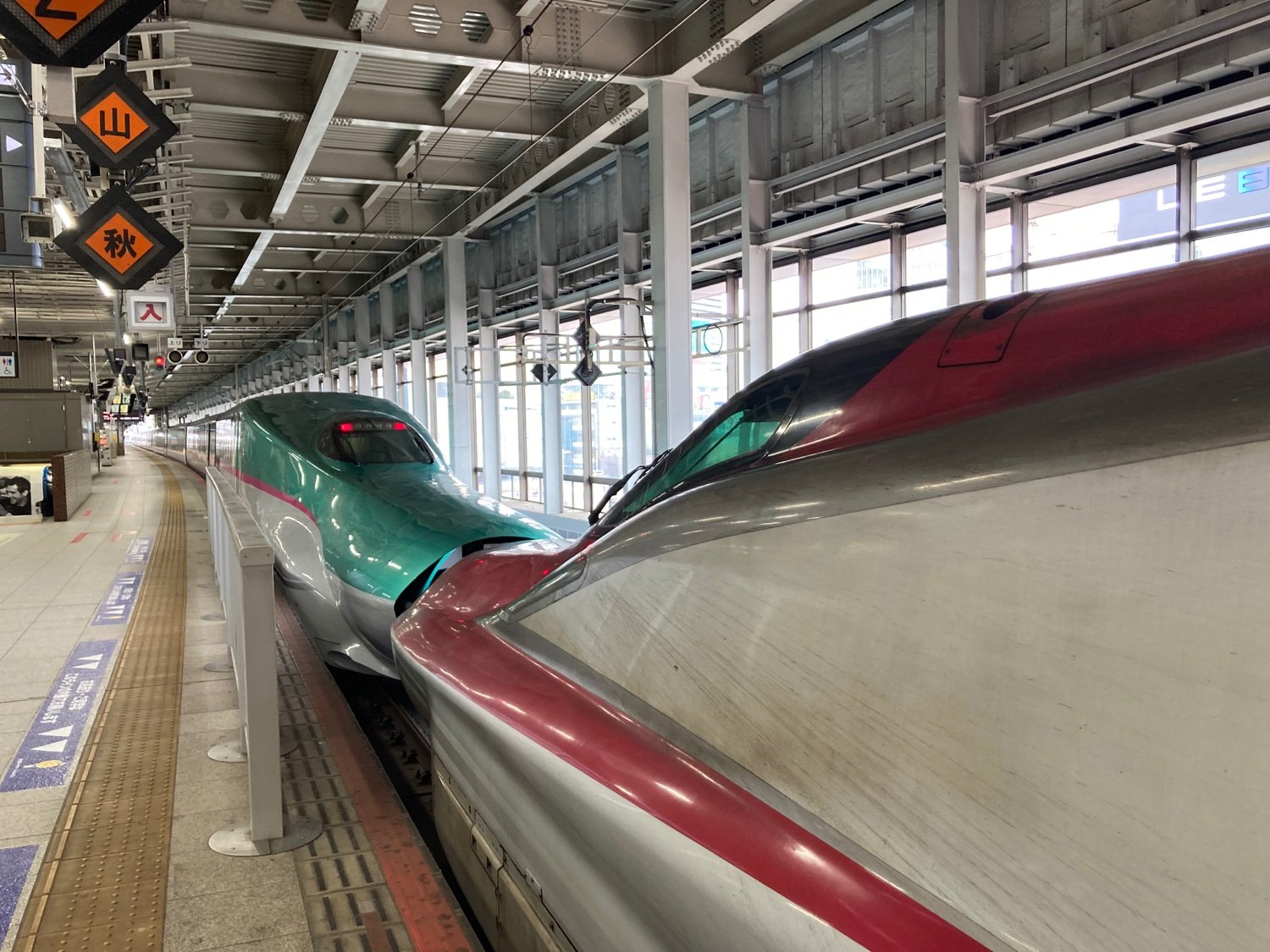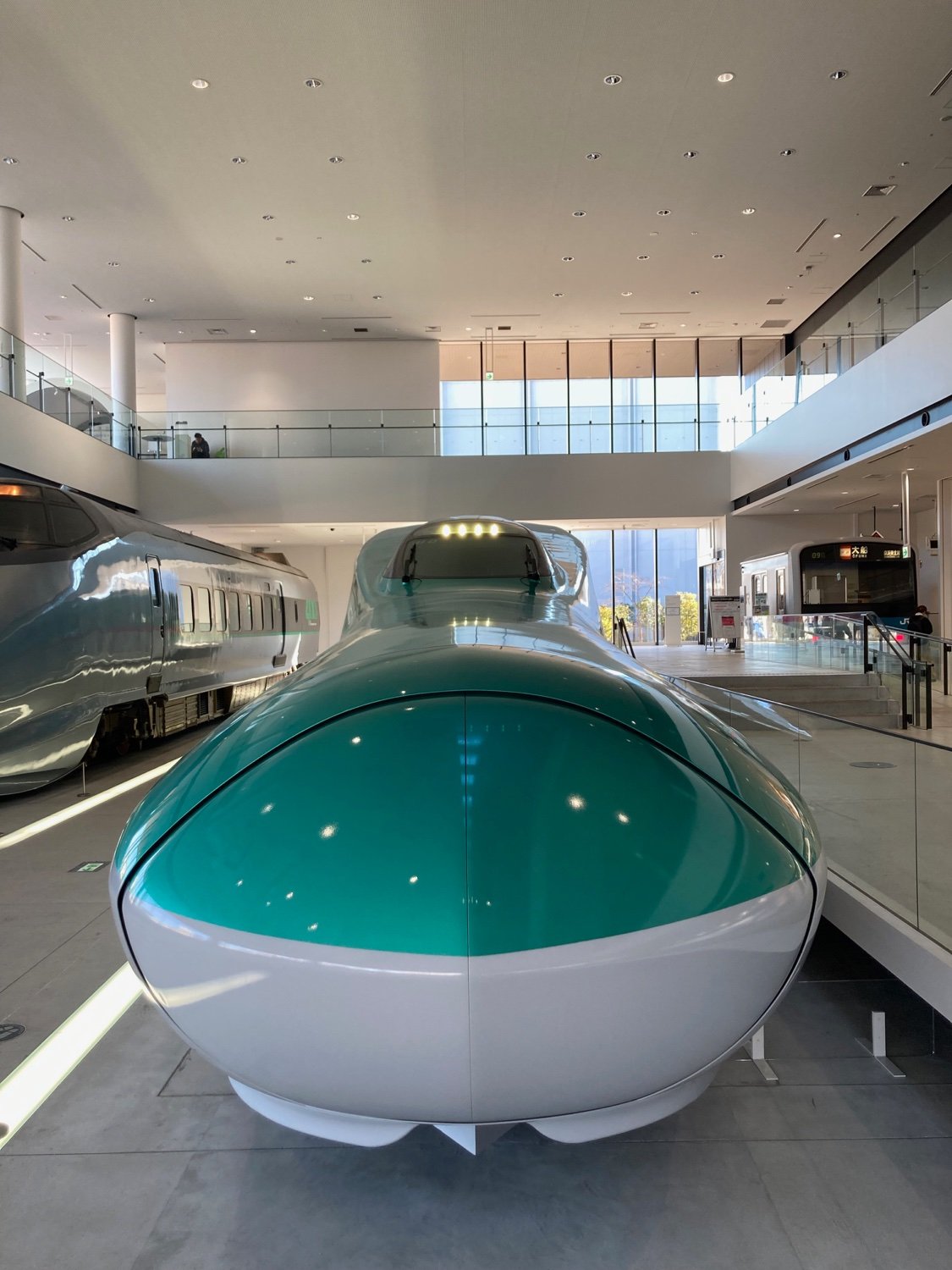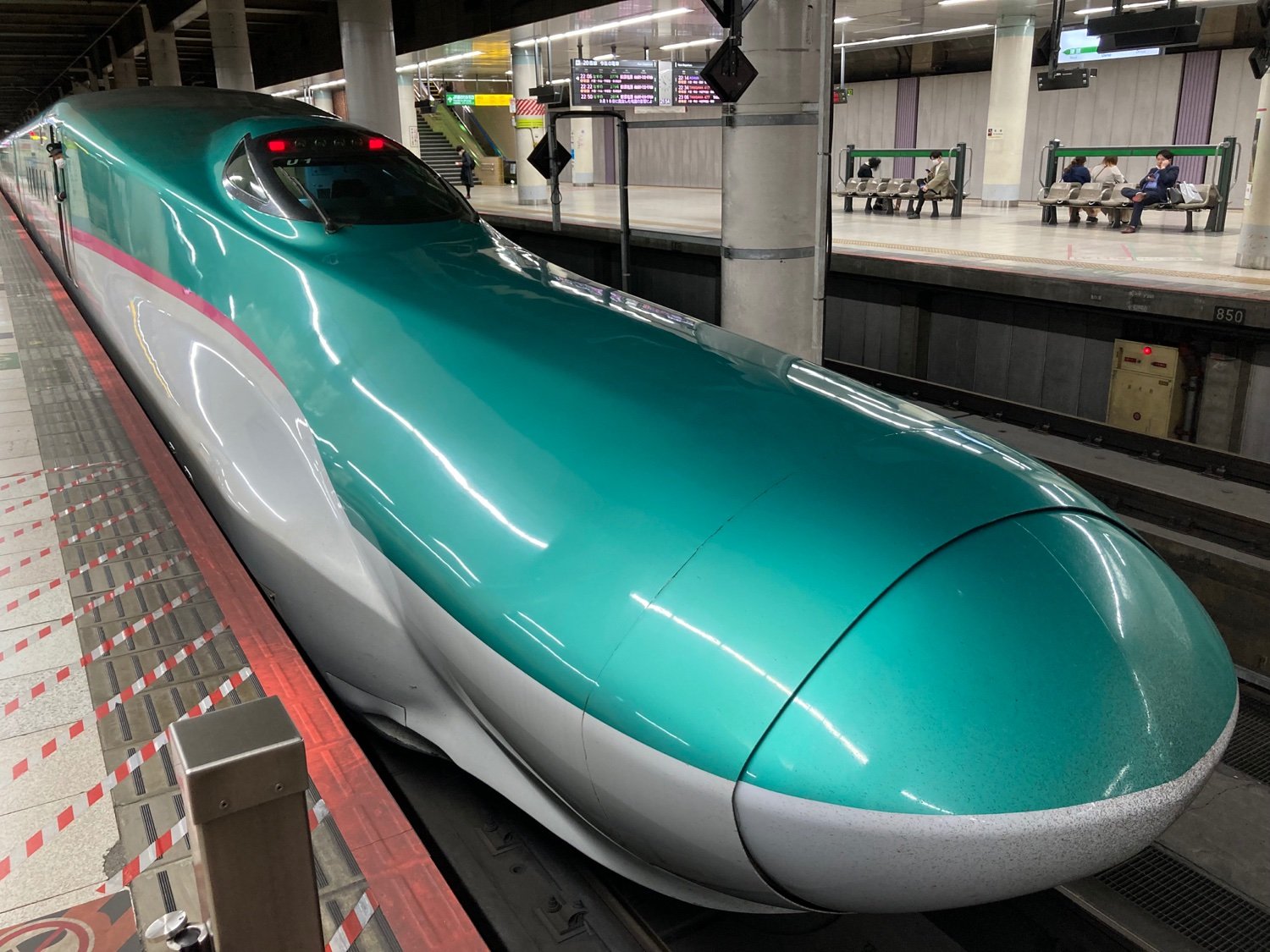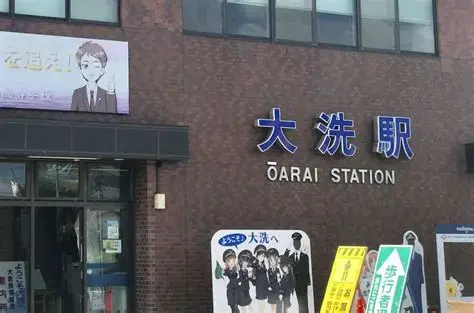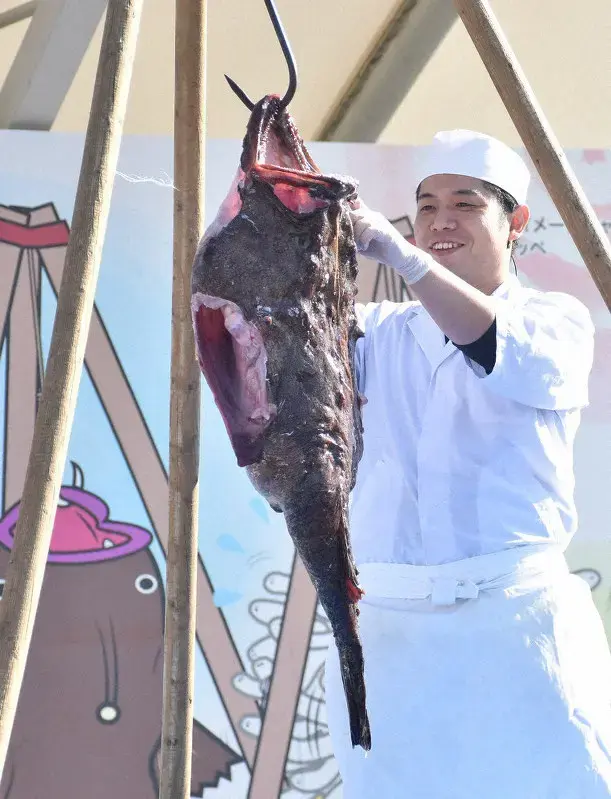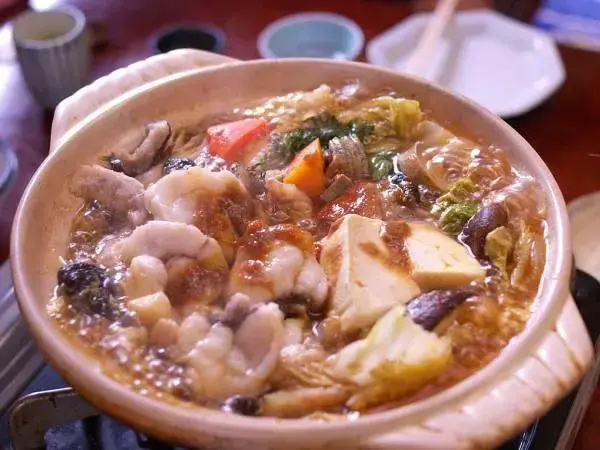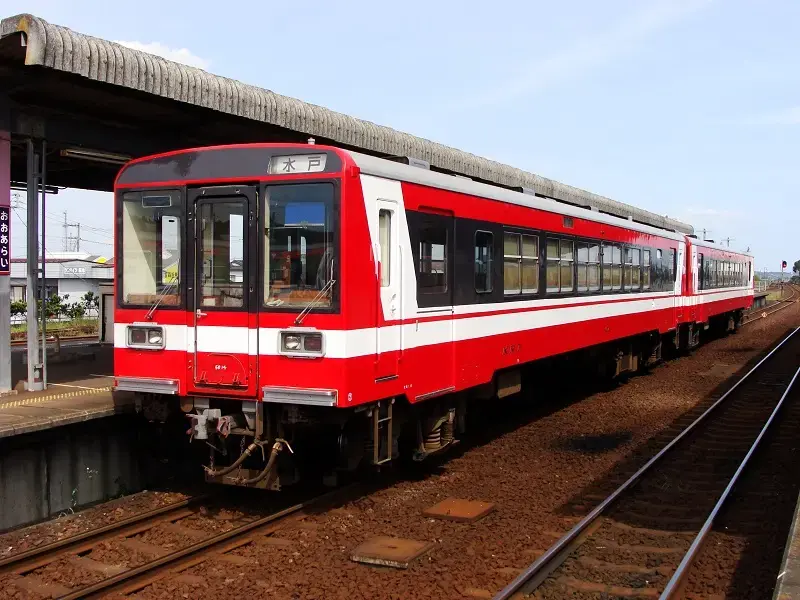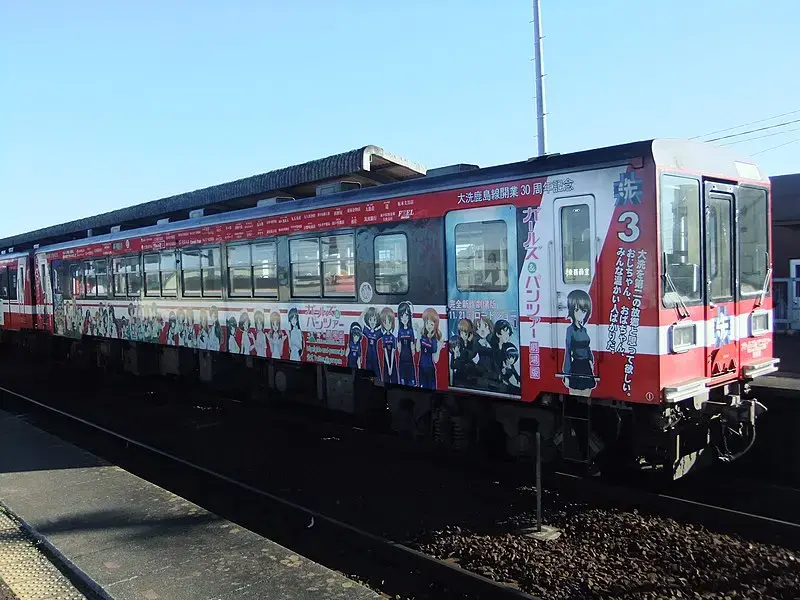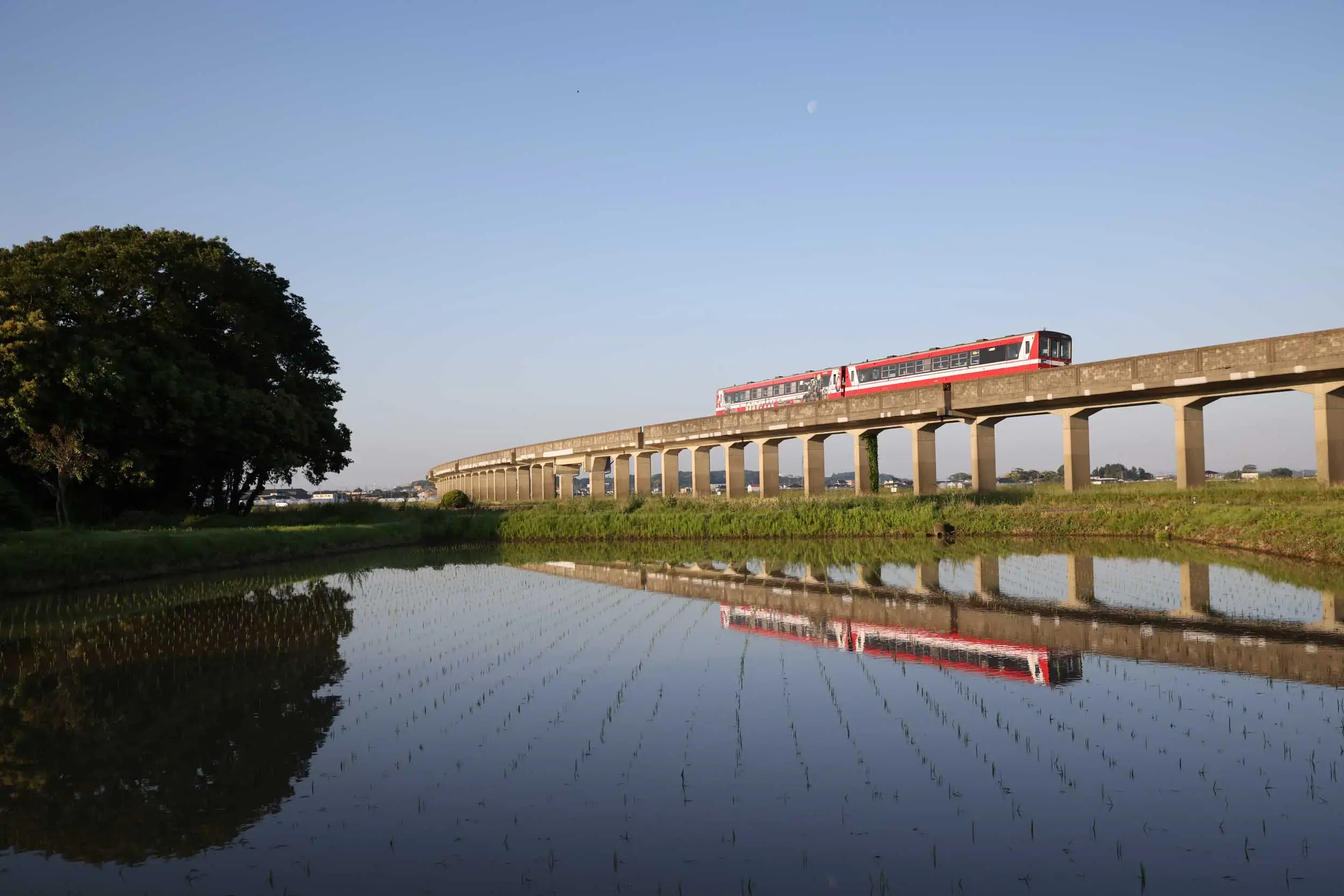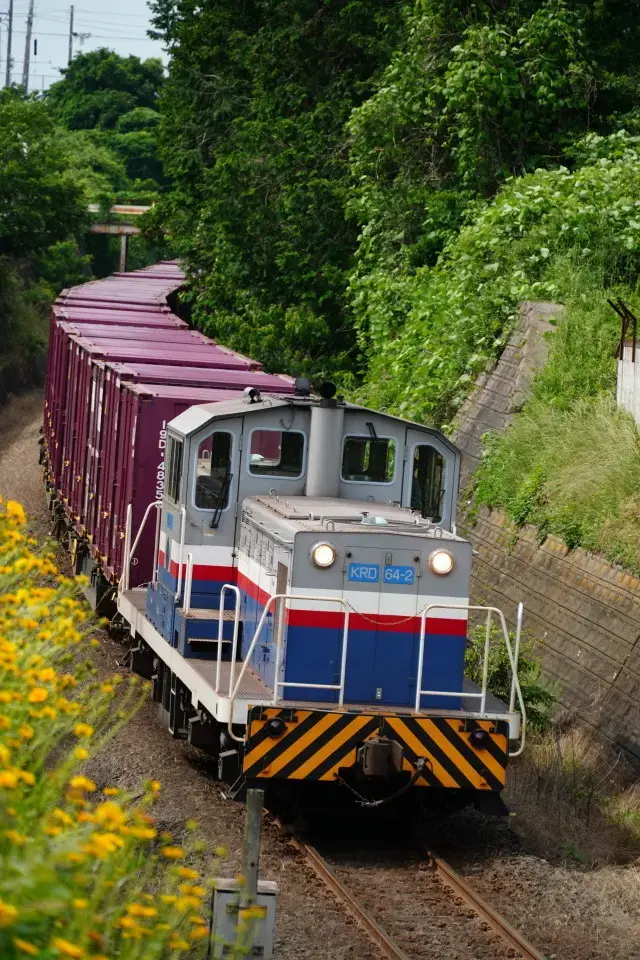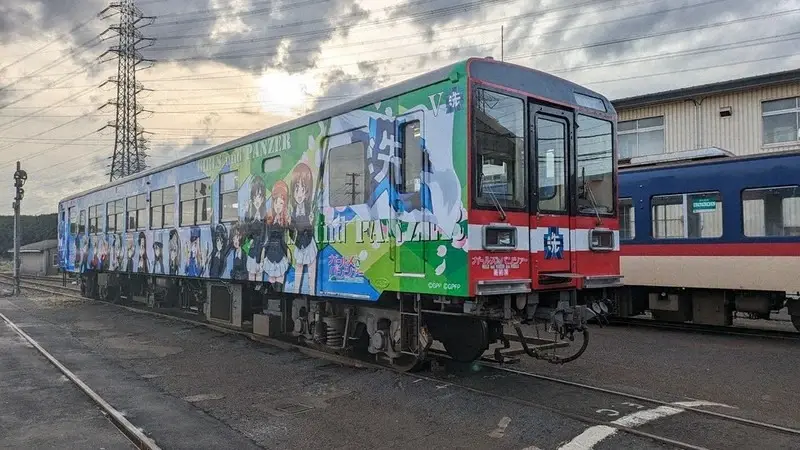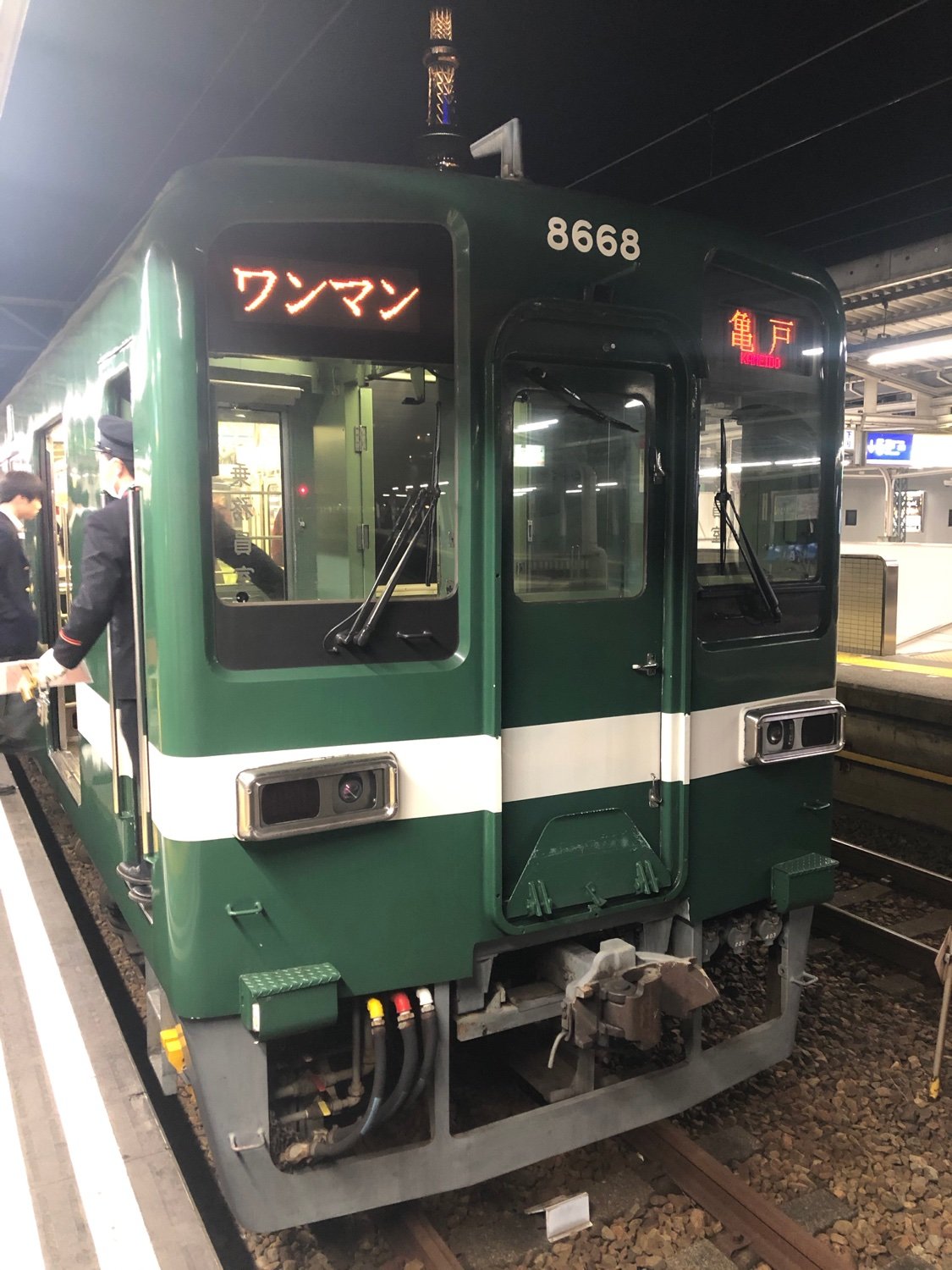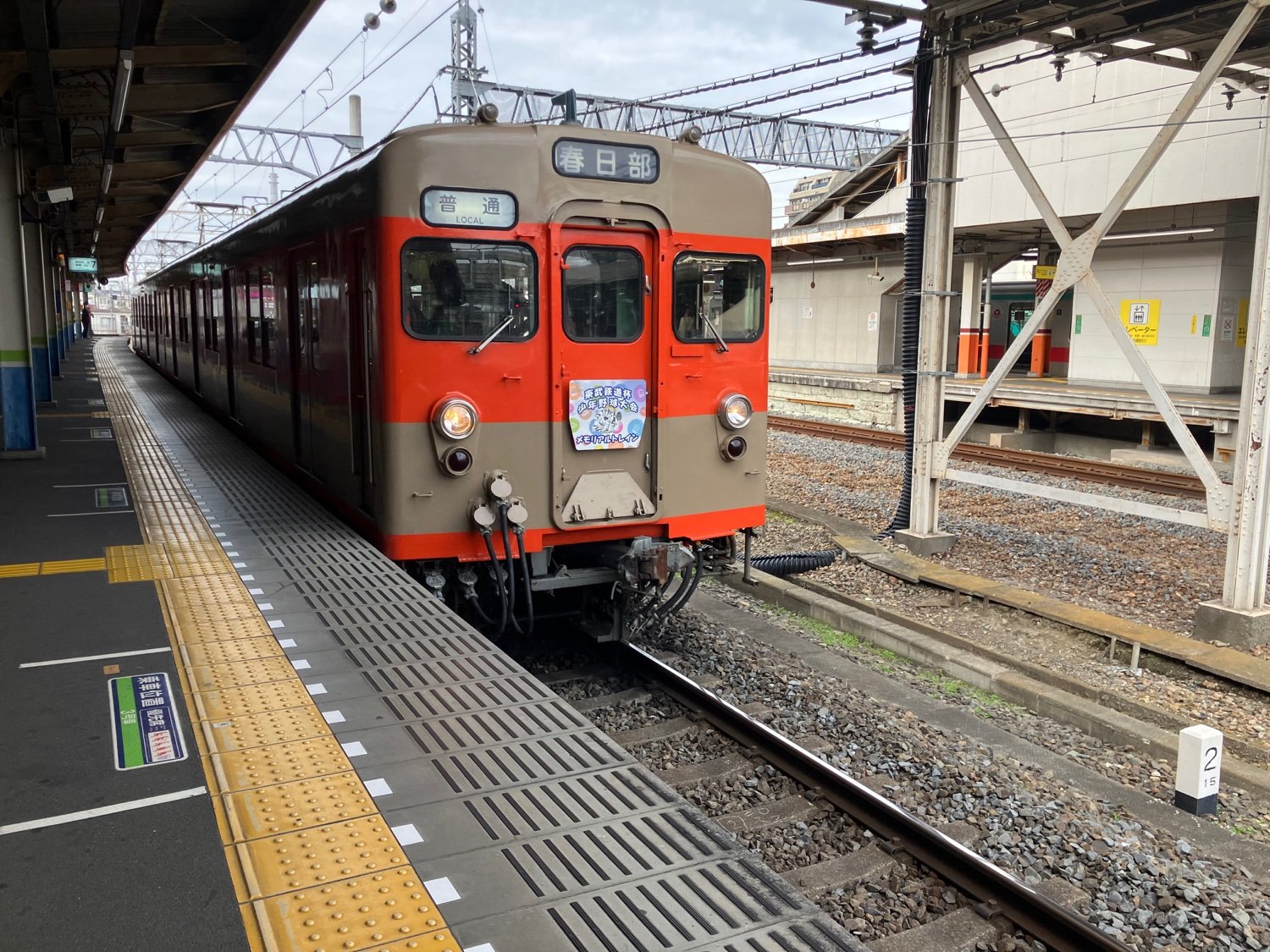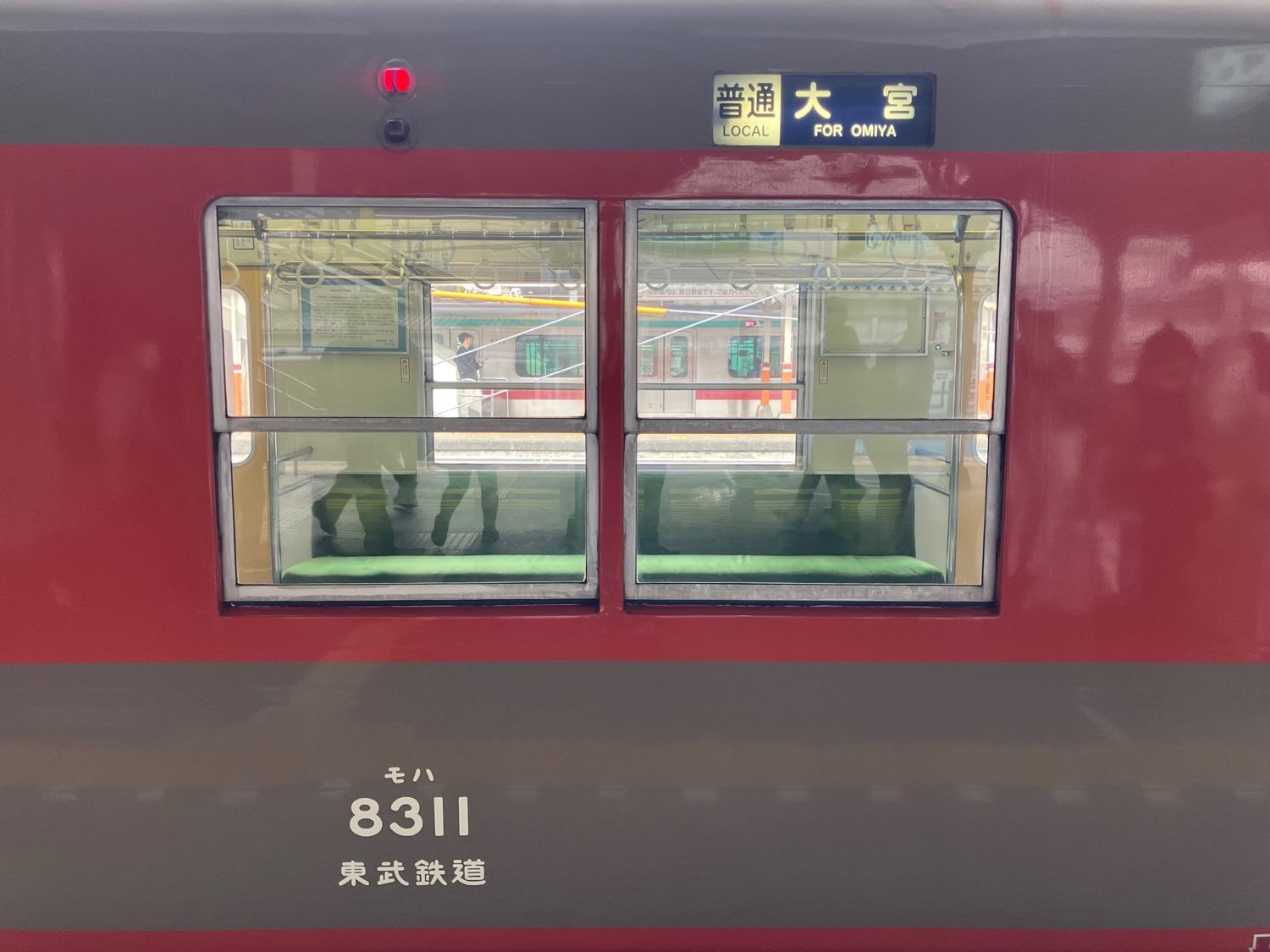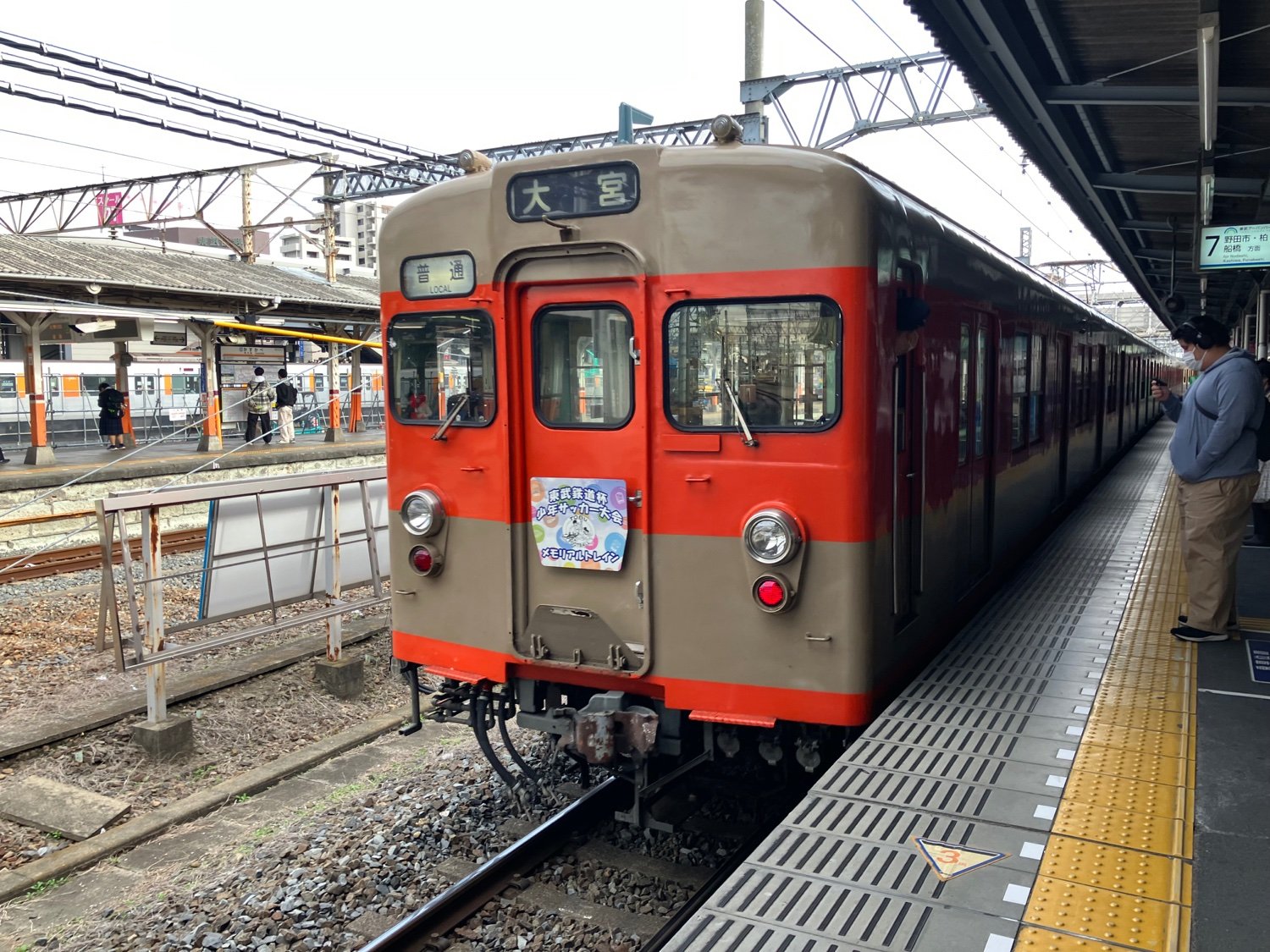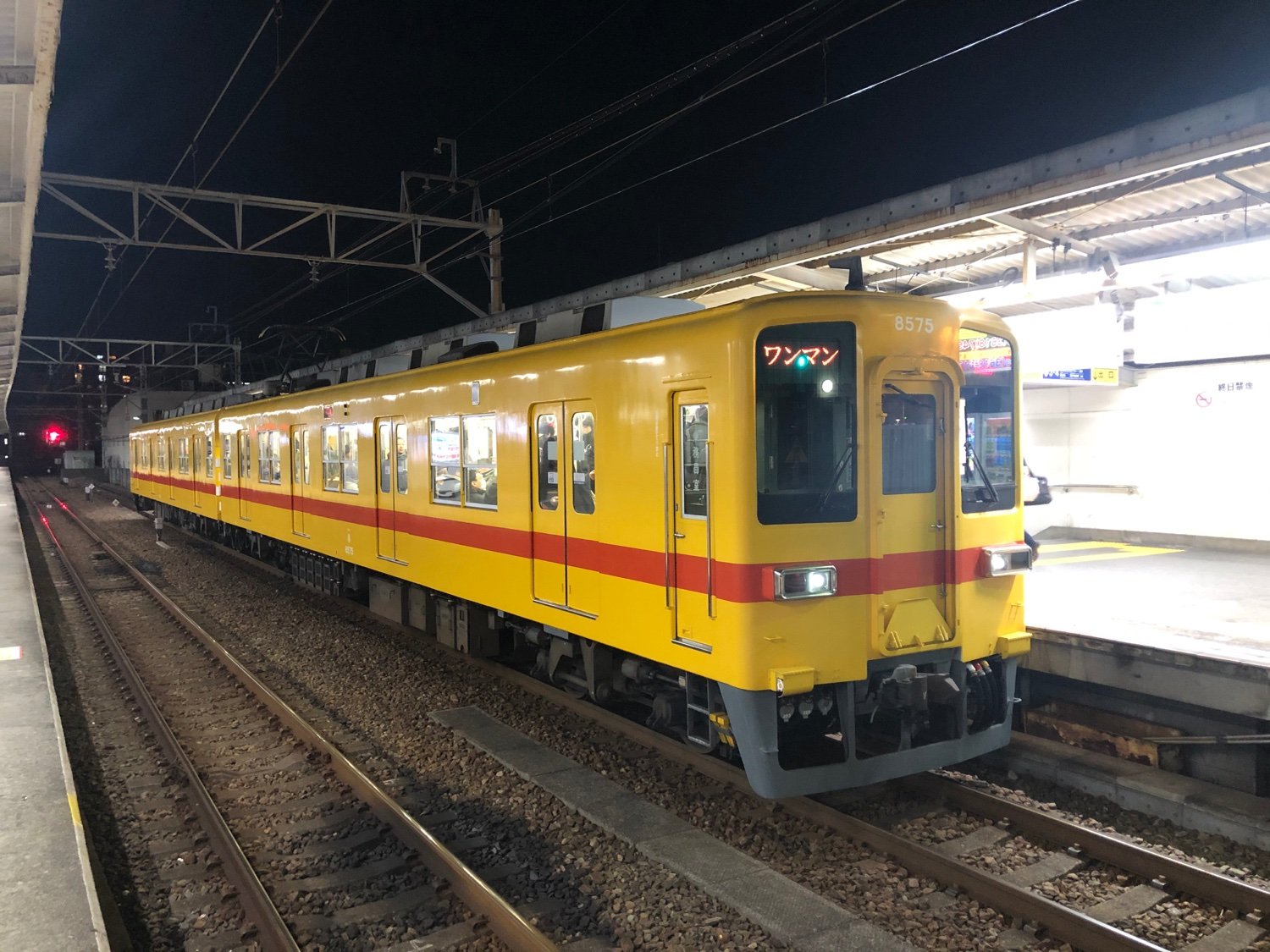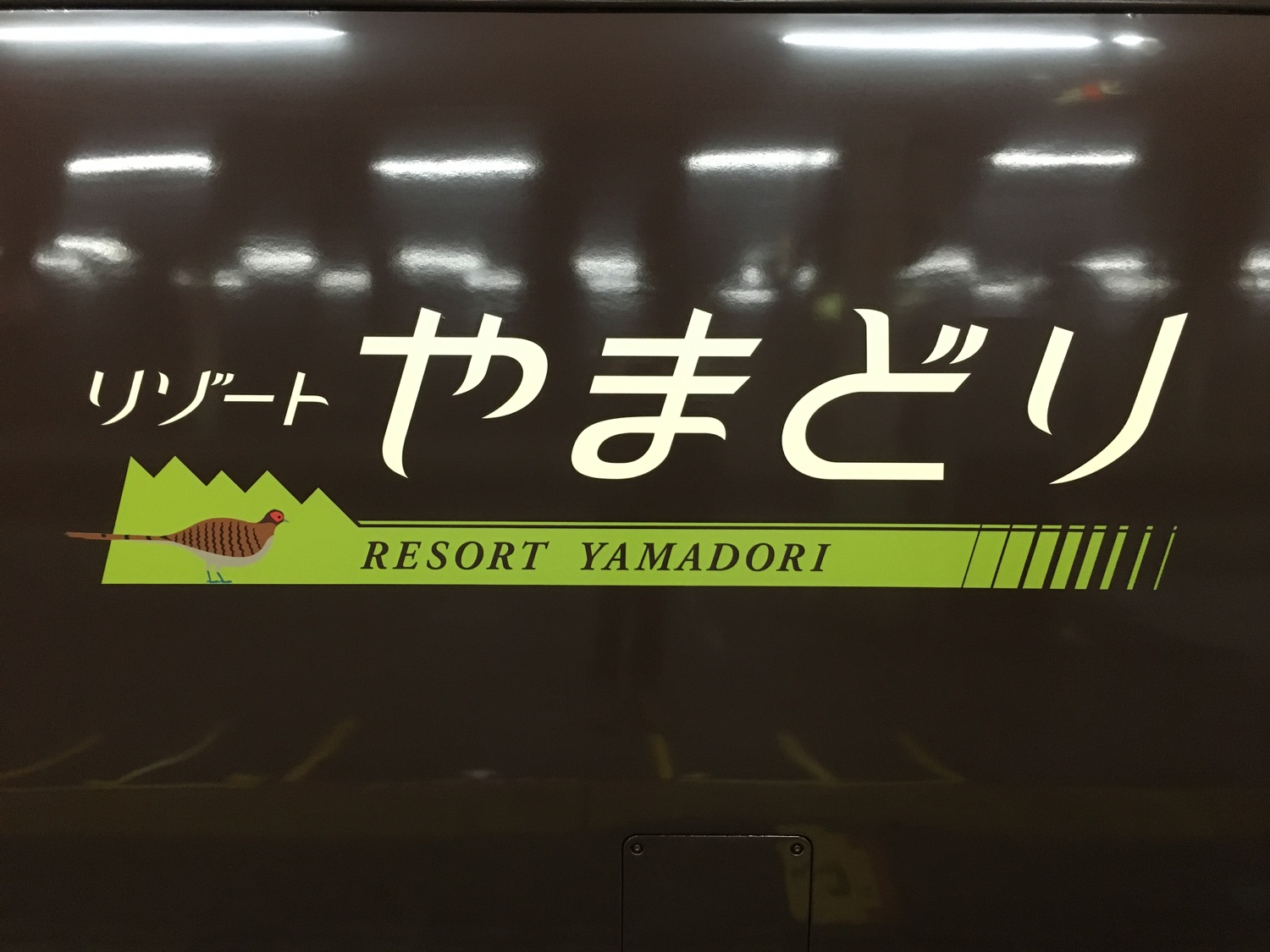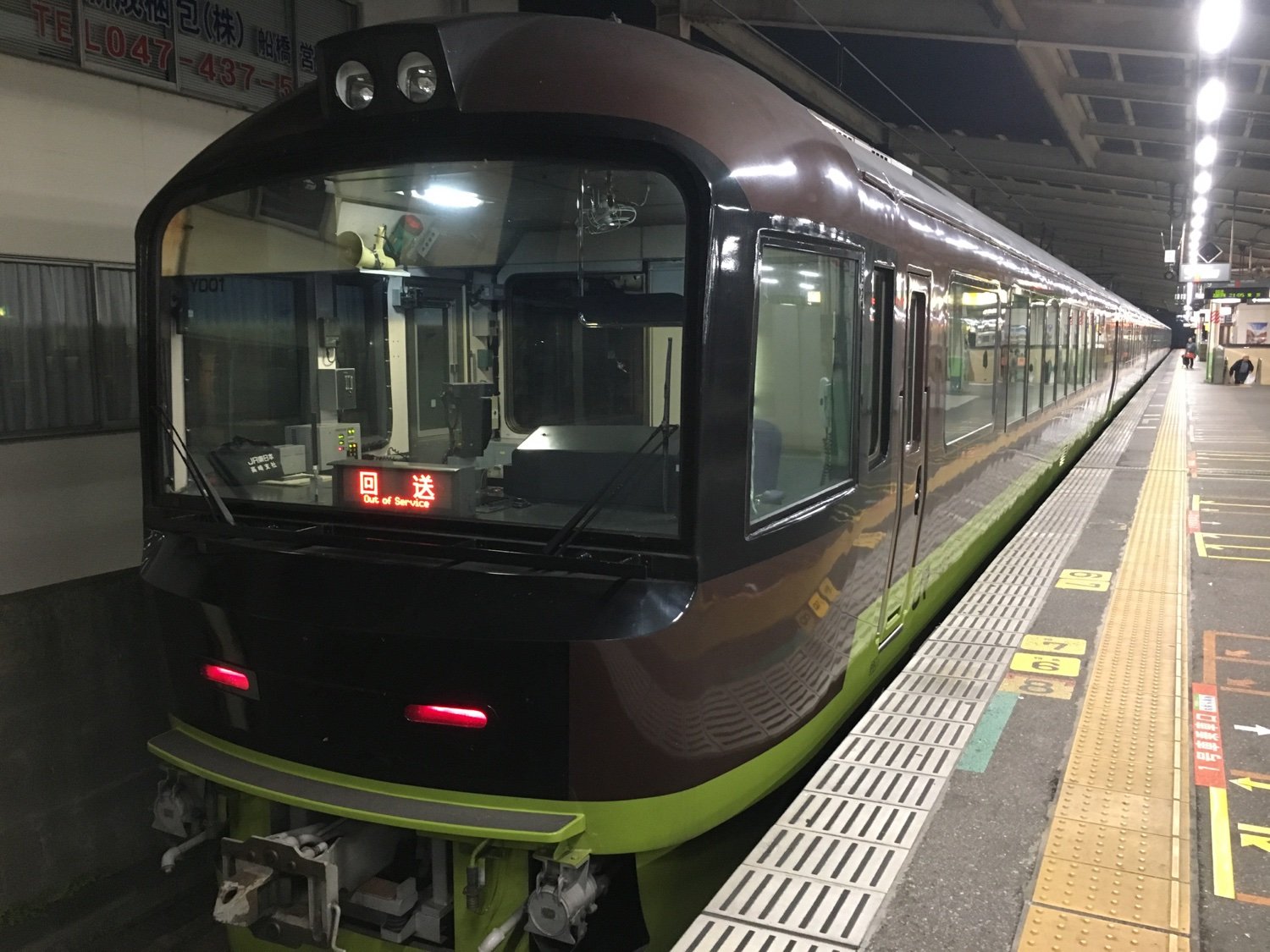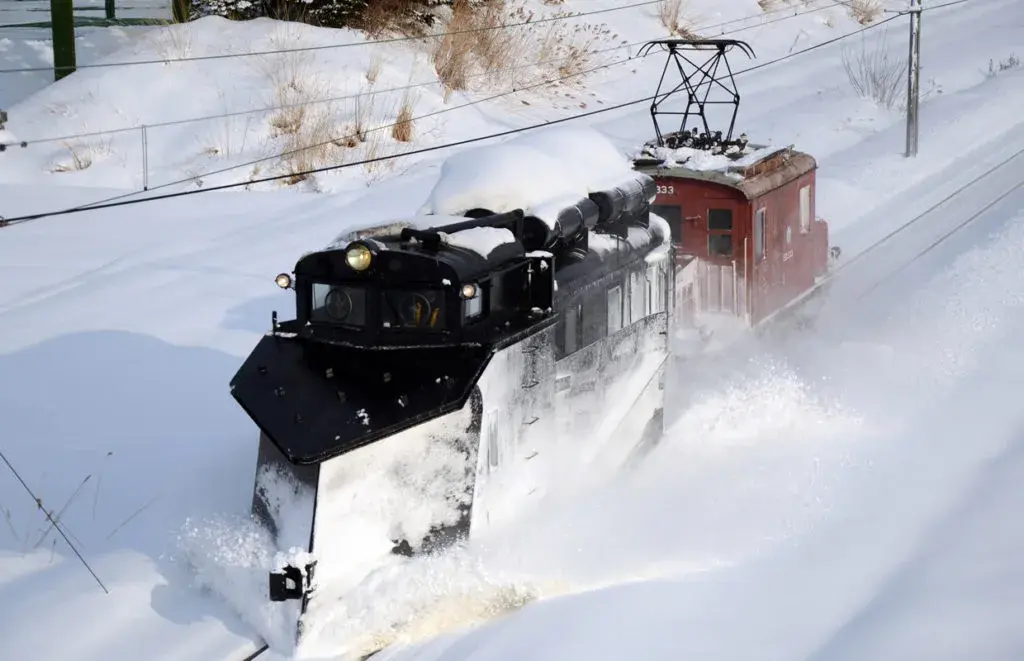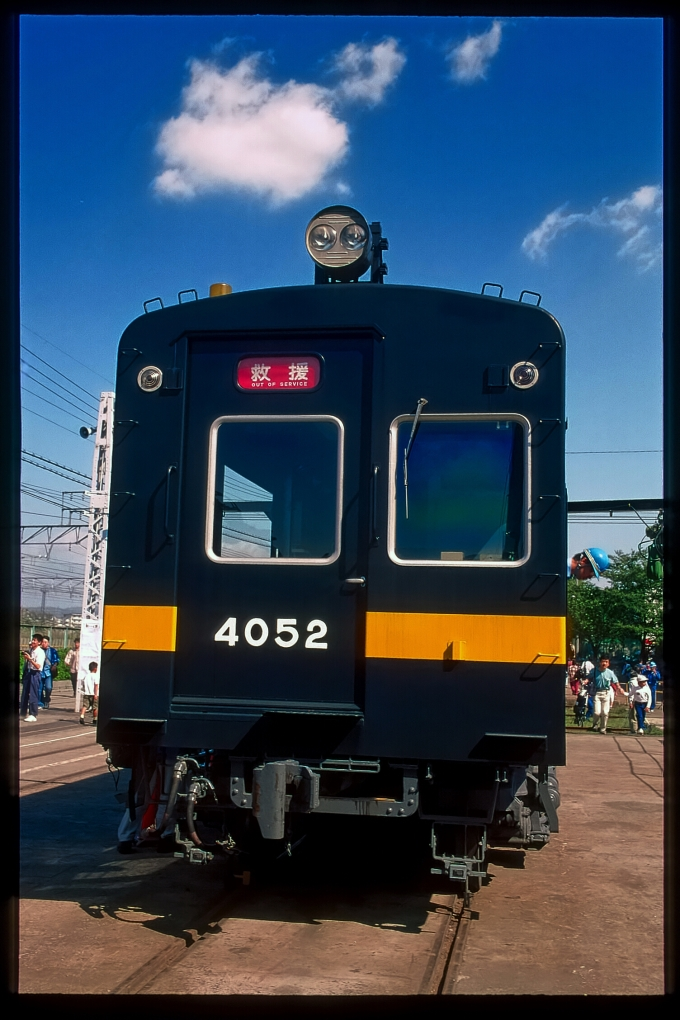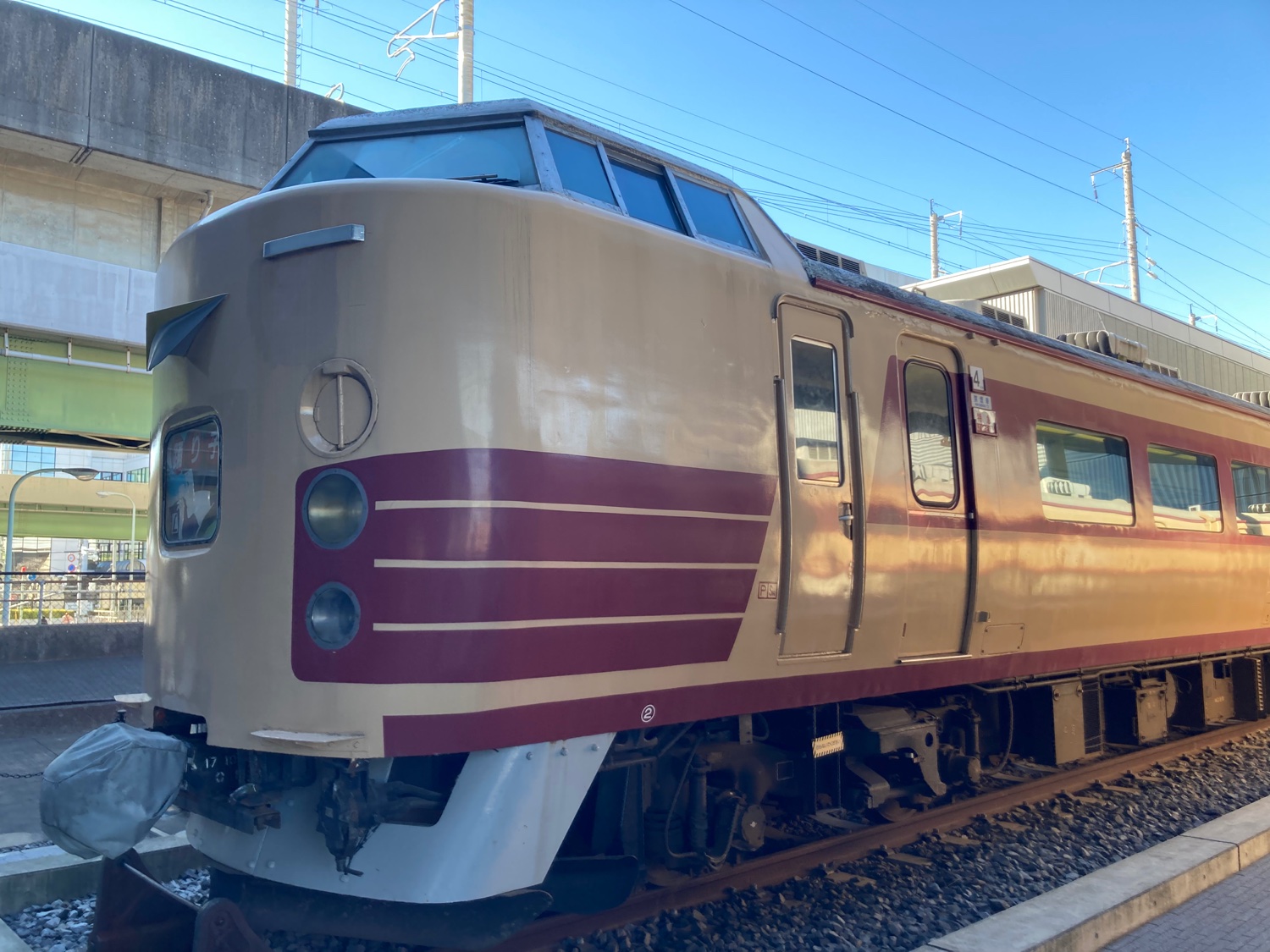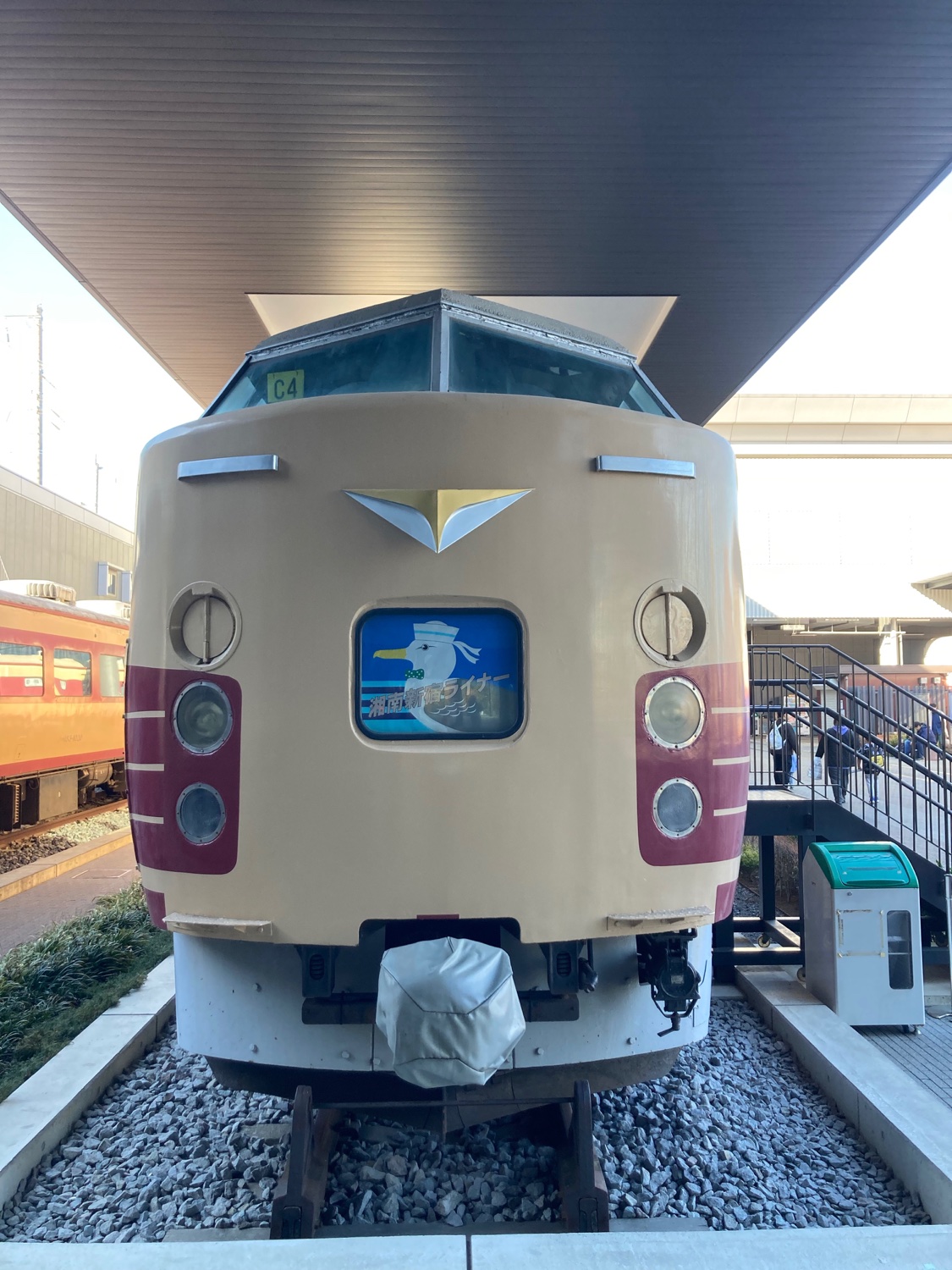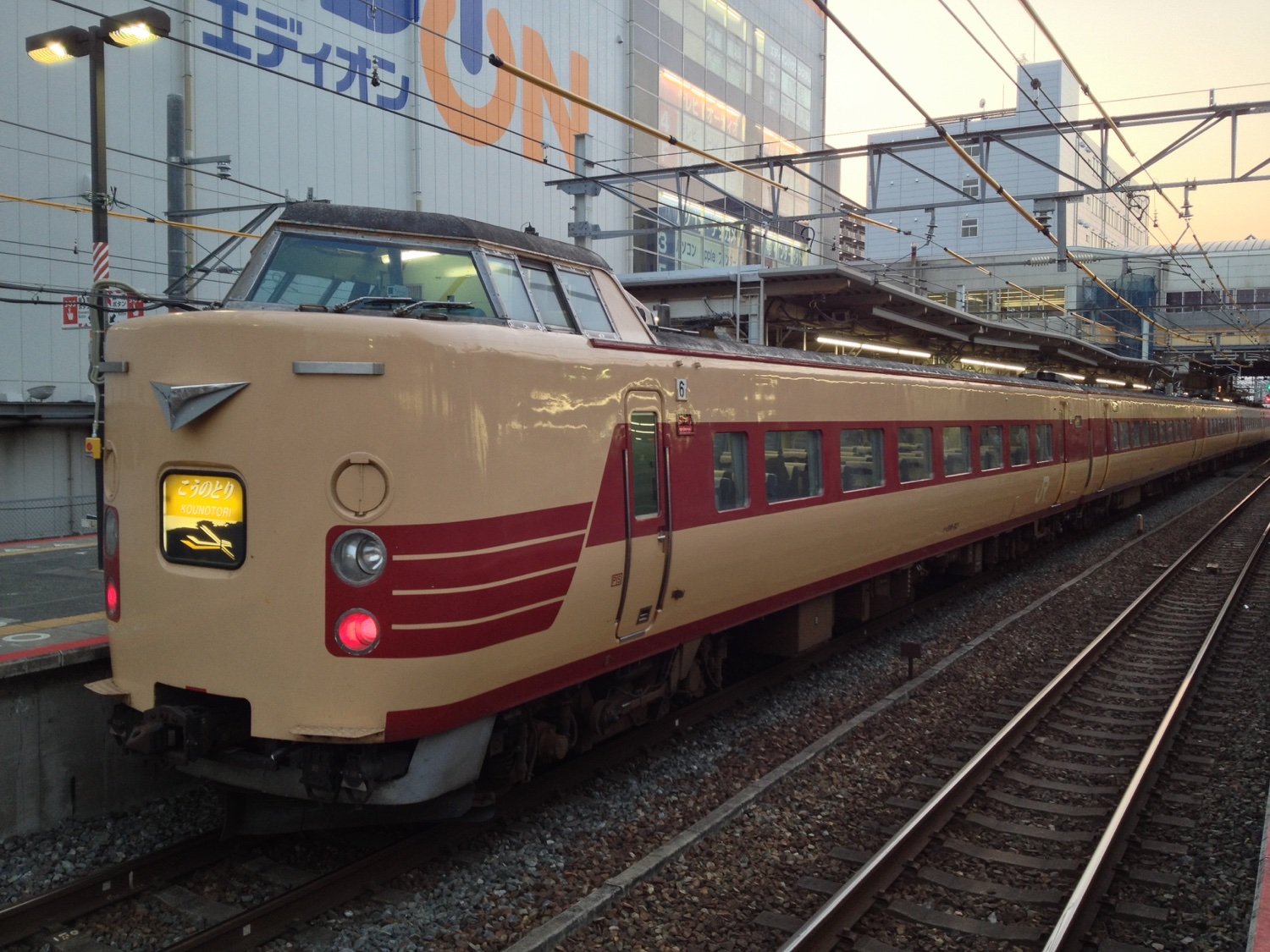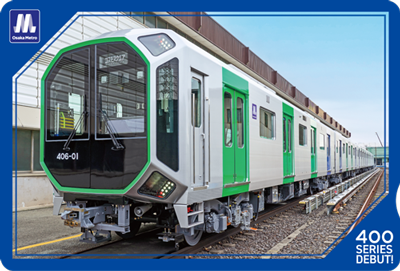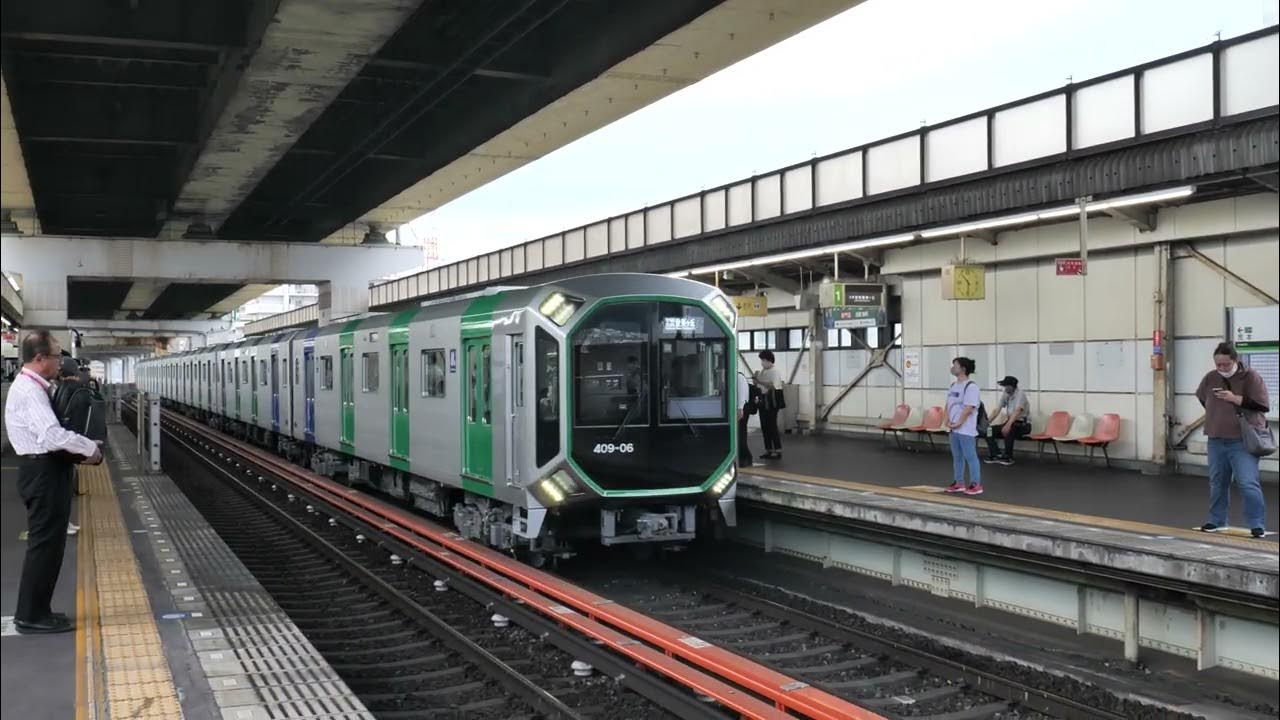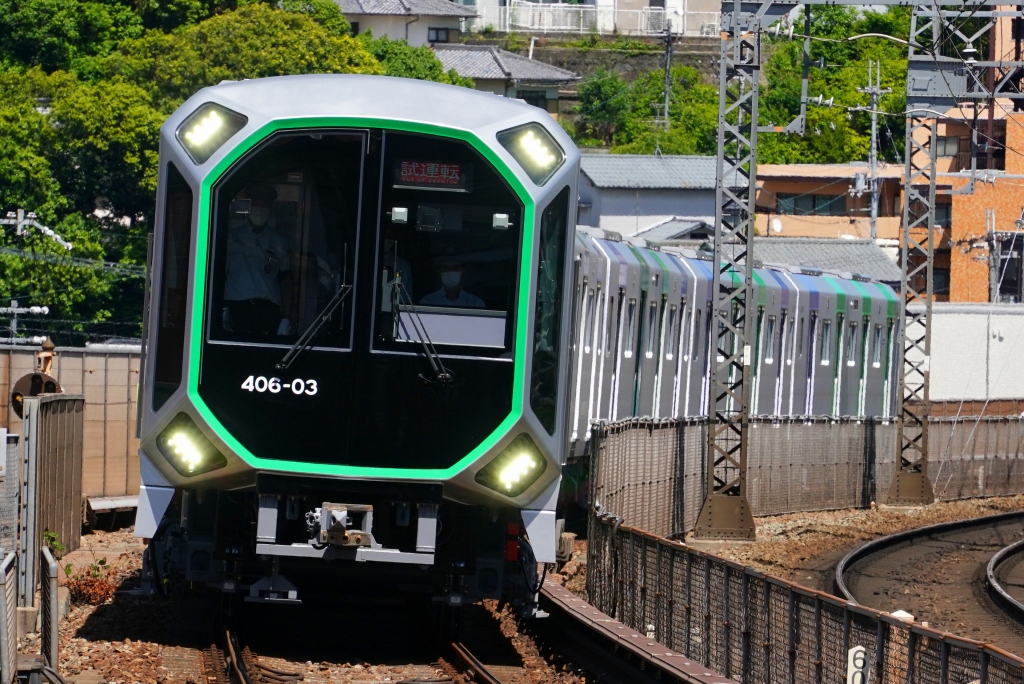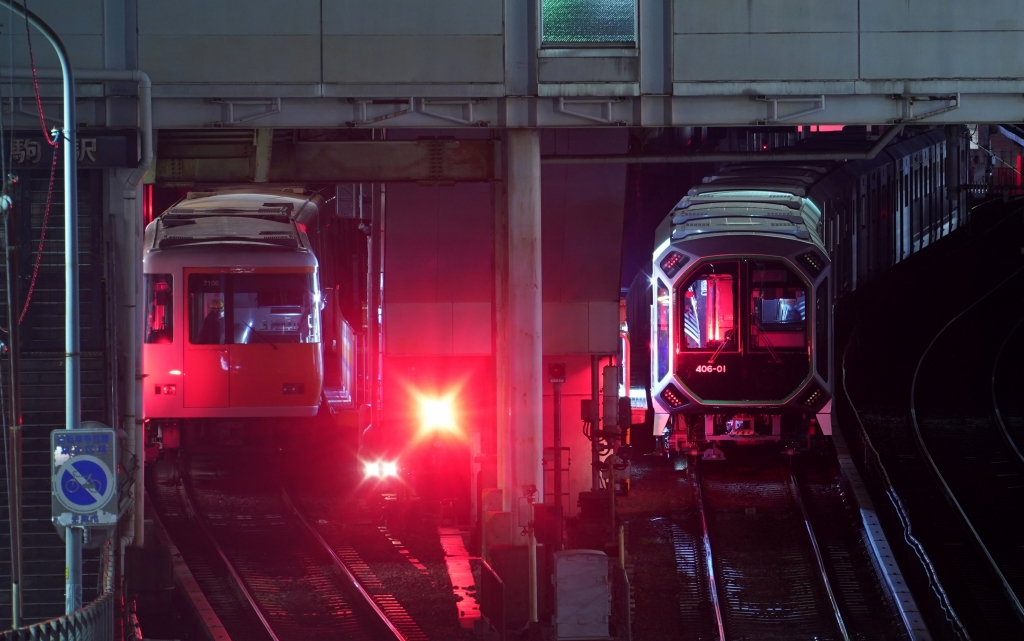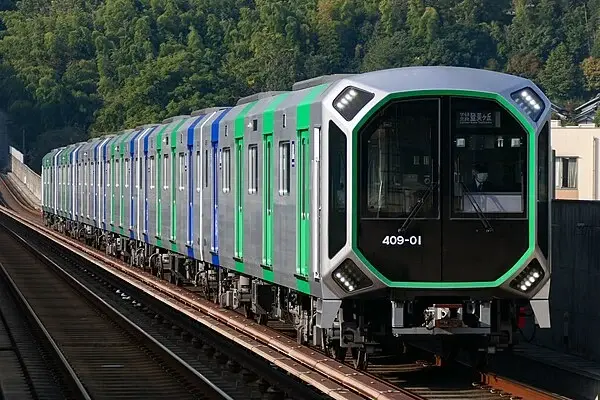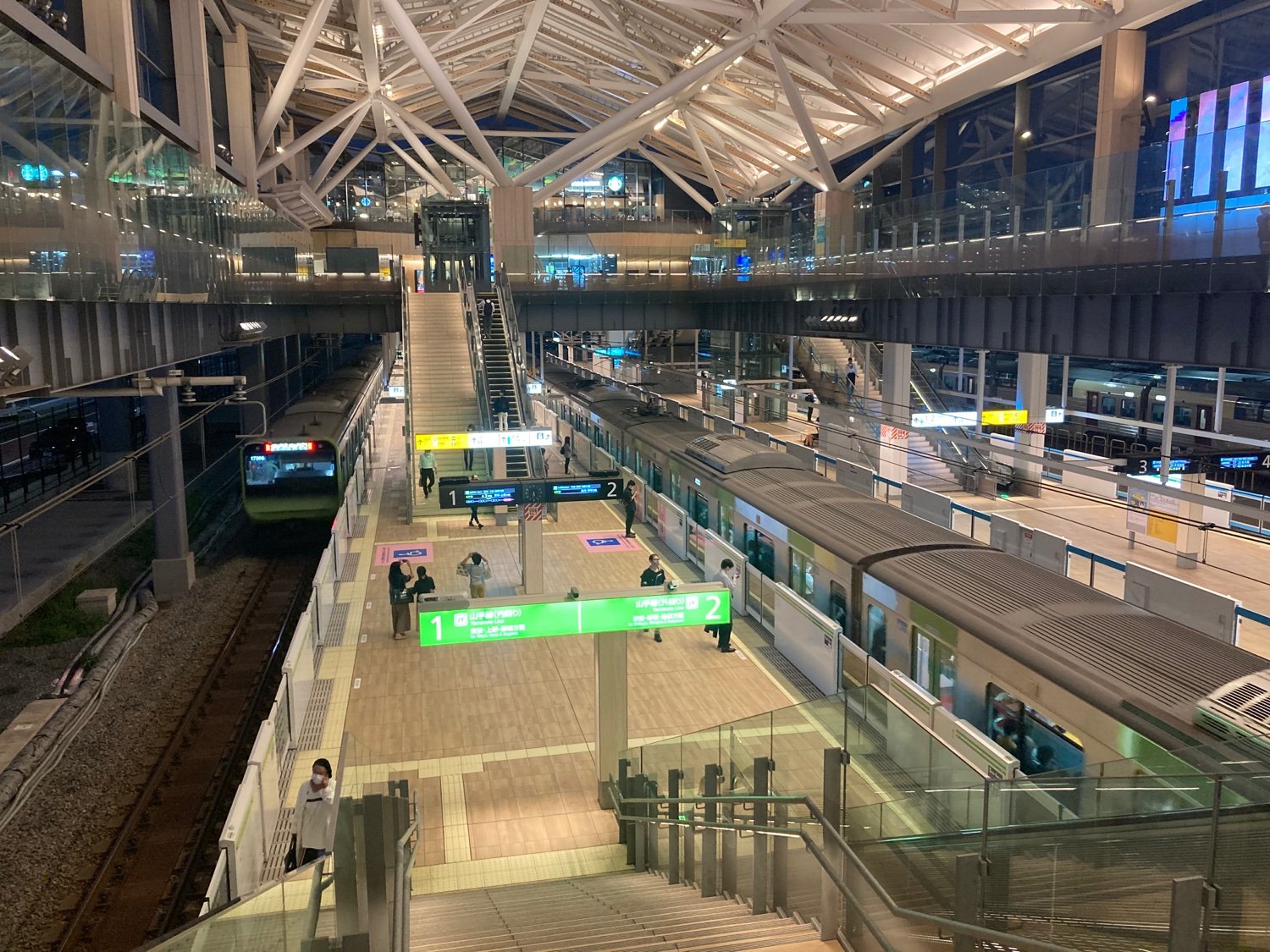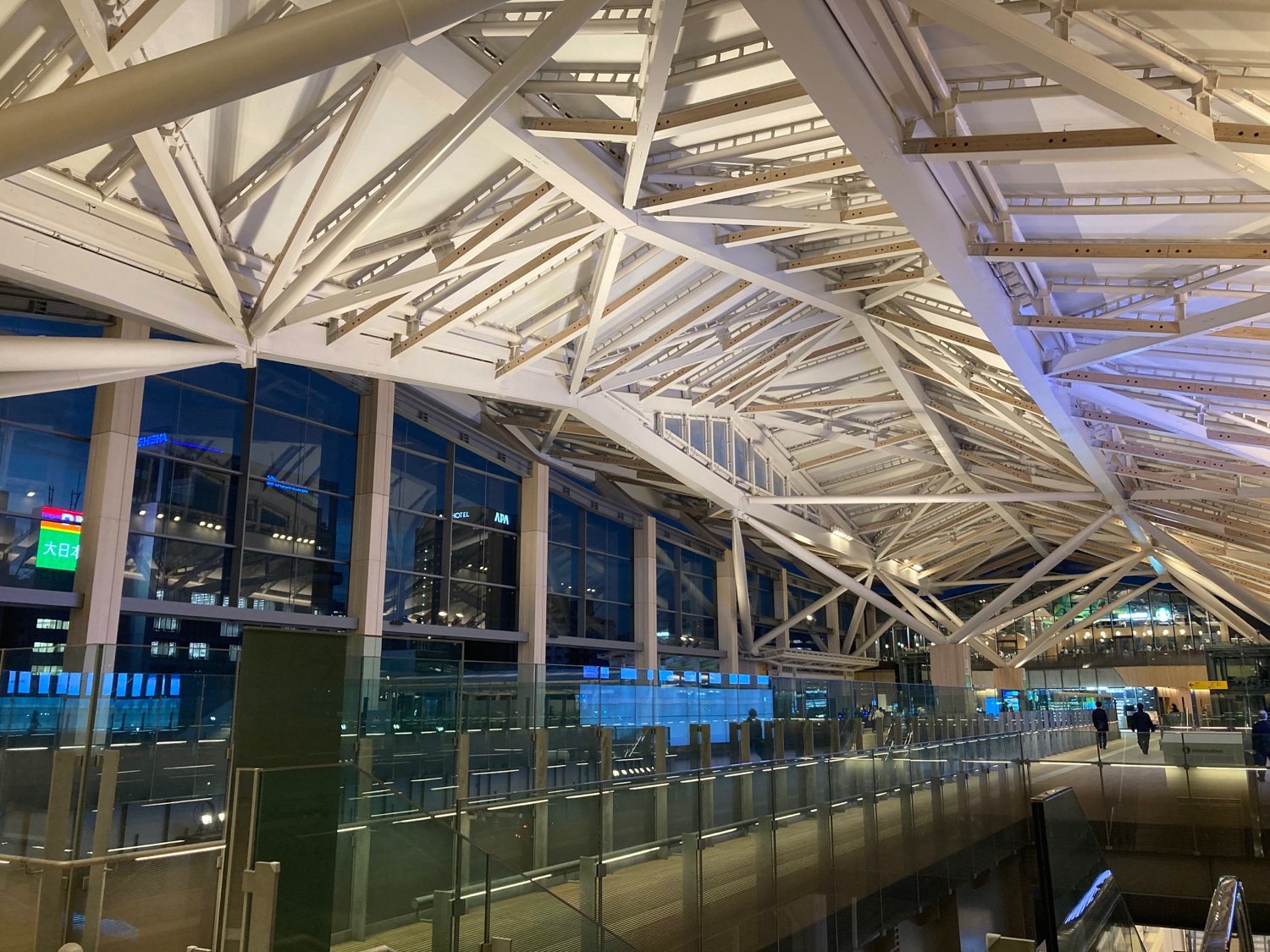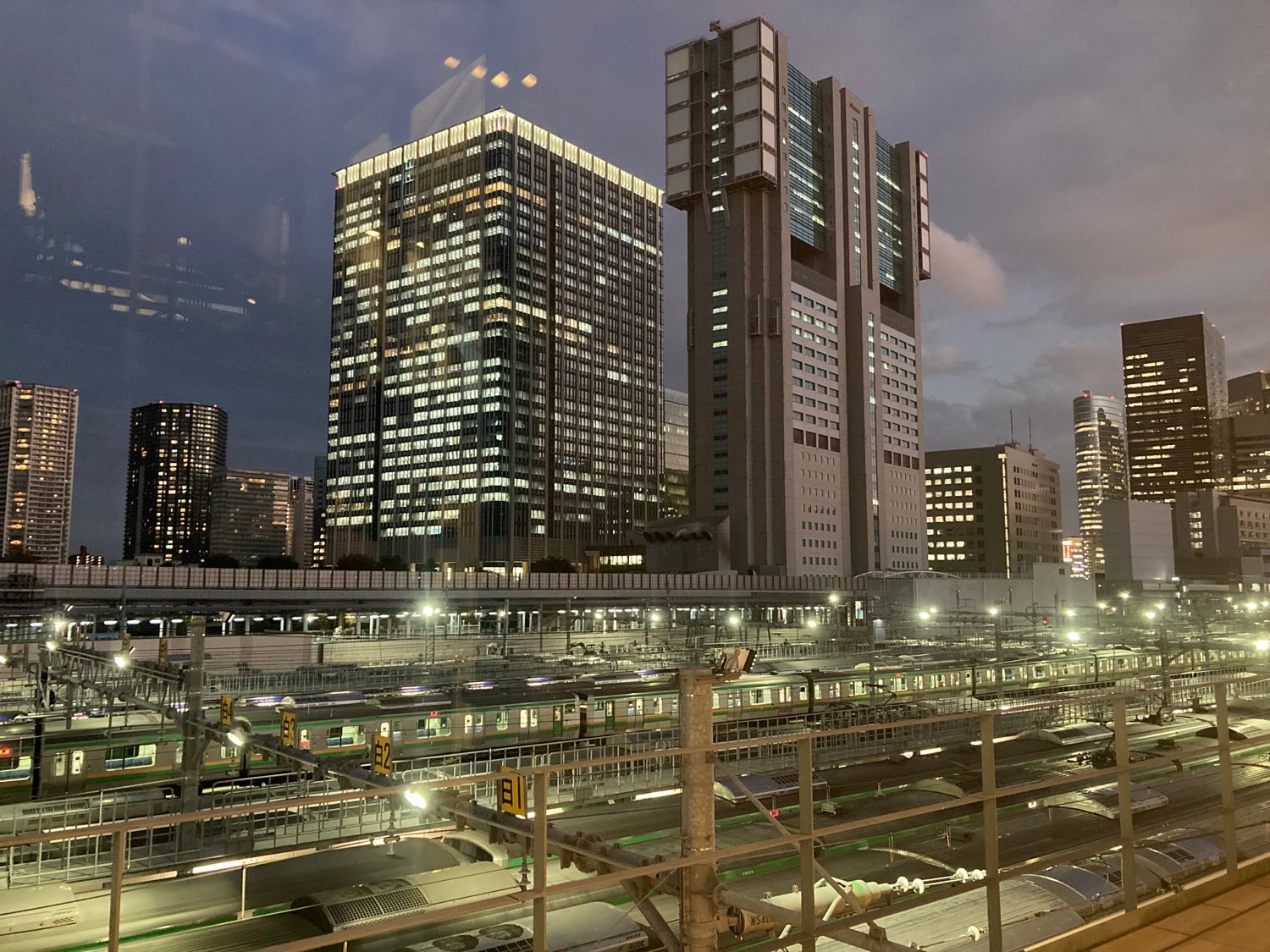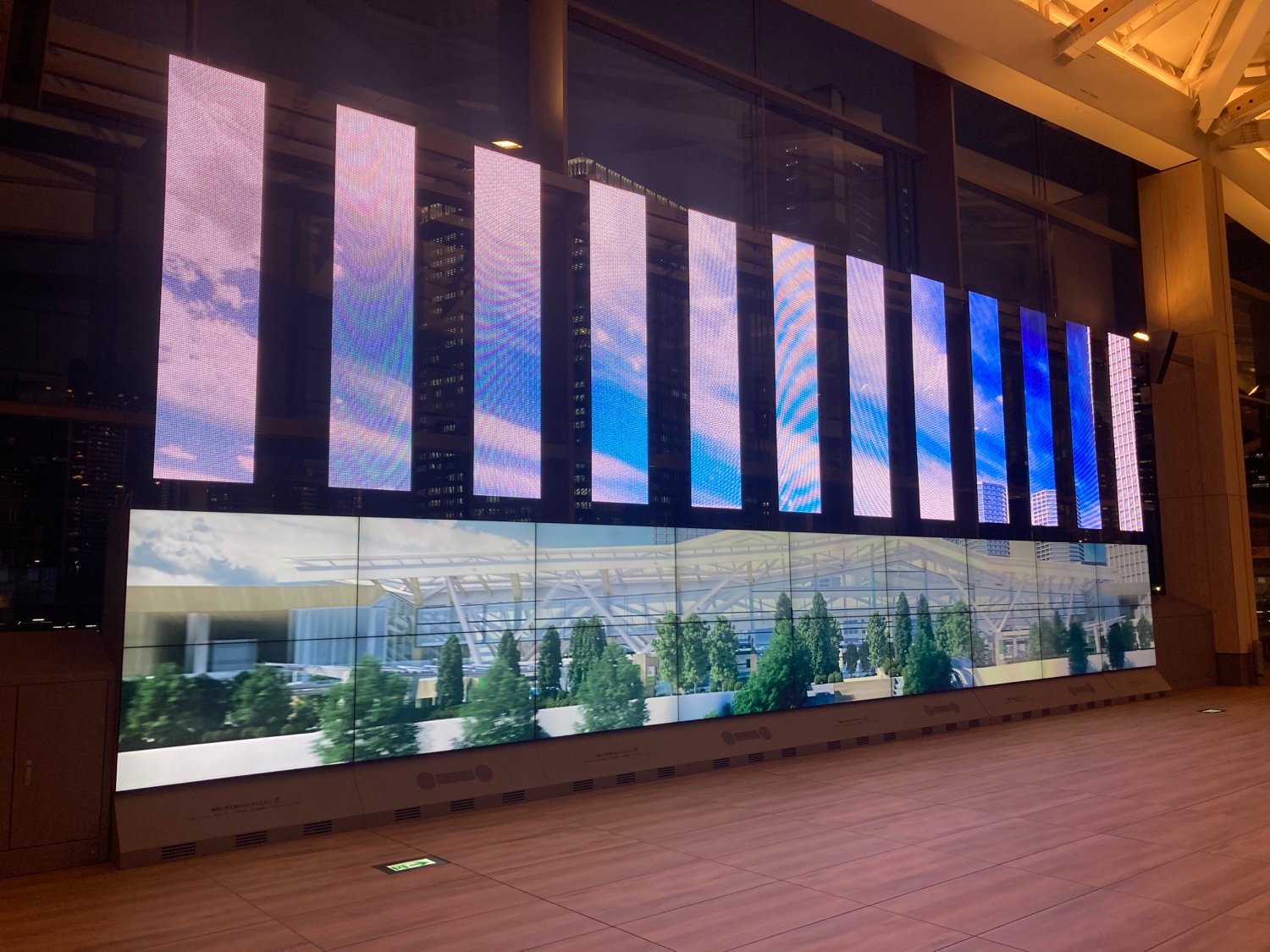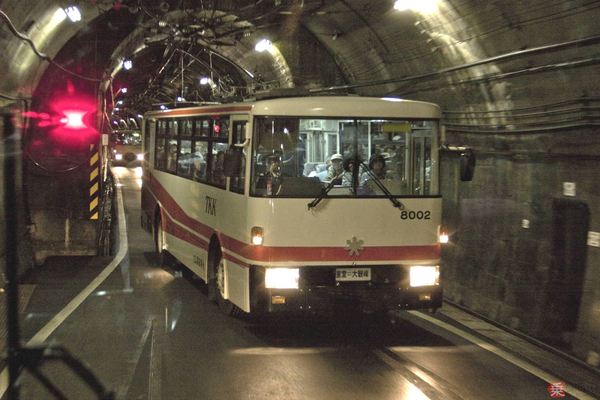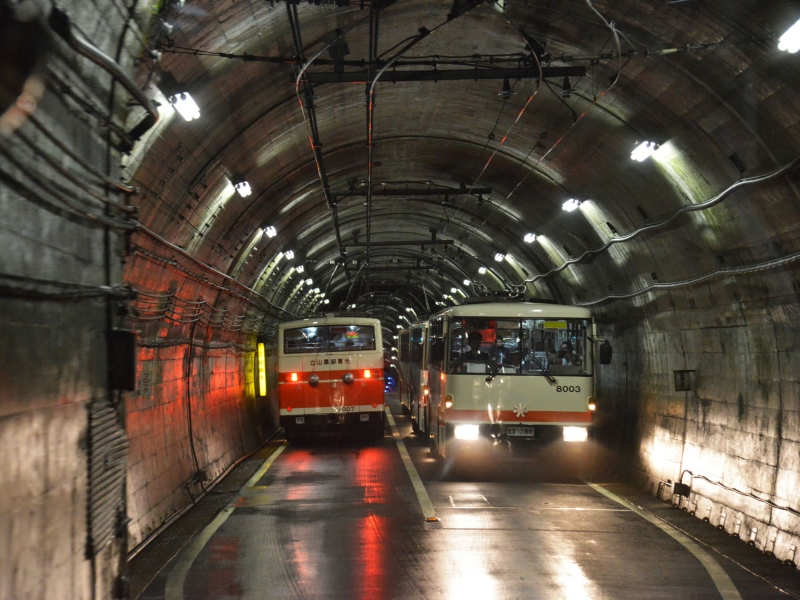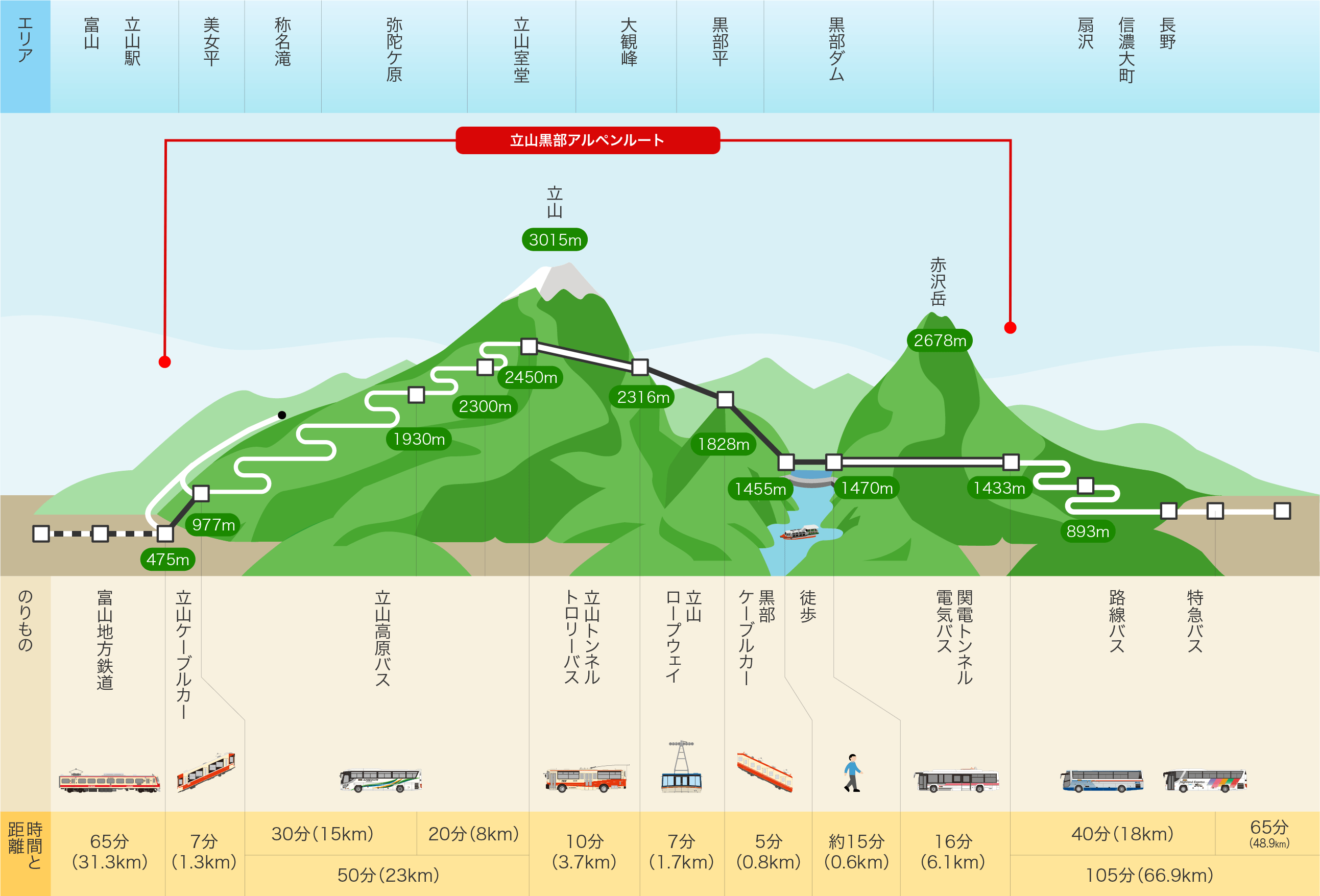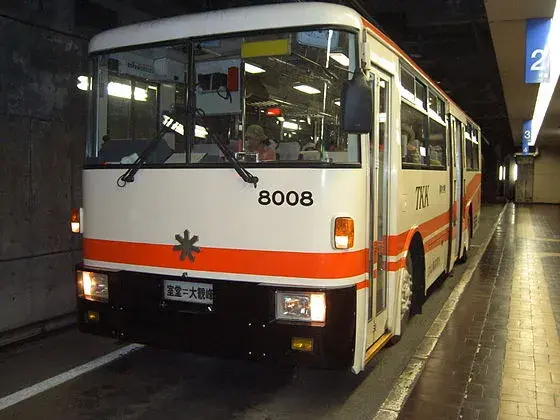Above: A JR East 205-5000 series train set running between JR Nishi-funabashi & Funabashihoten Stations on the Musashino Line, at the point of the line where the track go from above ground to below ground level. The numbering on the side of the car indicated that this particular set contains some 204-5000 cars.
THE NEW FACE OF COMMUTER TRAVEL IN JAPAN
The 205 Series was introduced in 1985, just before the privatization of the national train lines. It was deployed widely throughout Japan to accommodate rapidly growing ridership and was intended to be a ubiquitous replacement for the aging 103 Series trains. The former which were also in use on many lines throughout the country. Production continued after privatization by both JR East and JR West. As a result, almost 1,500 cars were built for several different lines from one end of the country to the other. For a good long while the 205s were the most common train that Japanese commuters traveled on.
The "0" series sets, the initial order of 205 under JNR, were built for the Yamanote Line. After real-world trials, the 0 Series were tweaked and entered mass production. Those mass-production sets were added to the Yamanote, Yokohama, Saikyo, Nambu, Keihin Tohoku, Chuo, Sobu, Keiyo, Musashino, Tokaido, and Sanyo Lines. During the deployment of these train sets, JR privatized and the sets in use were shuffled around and divided between the new JR East and JR West.
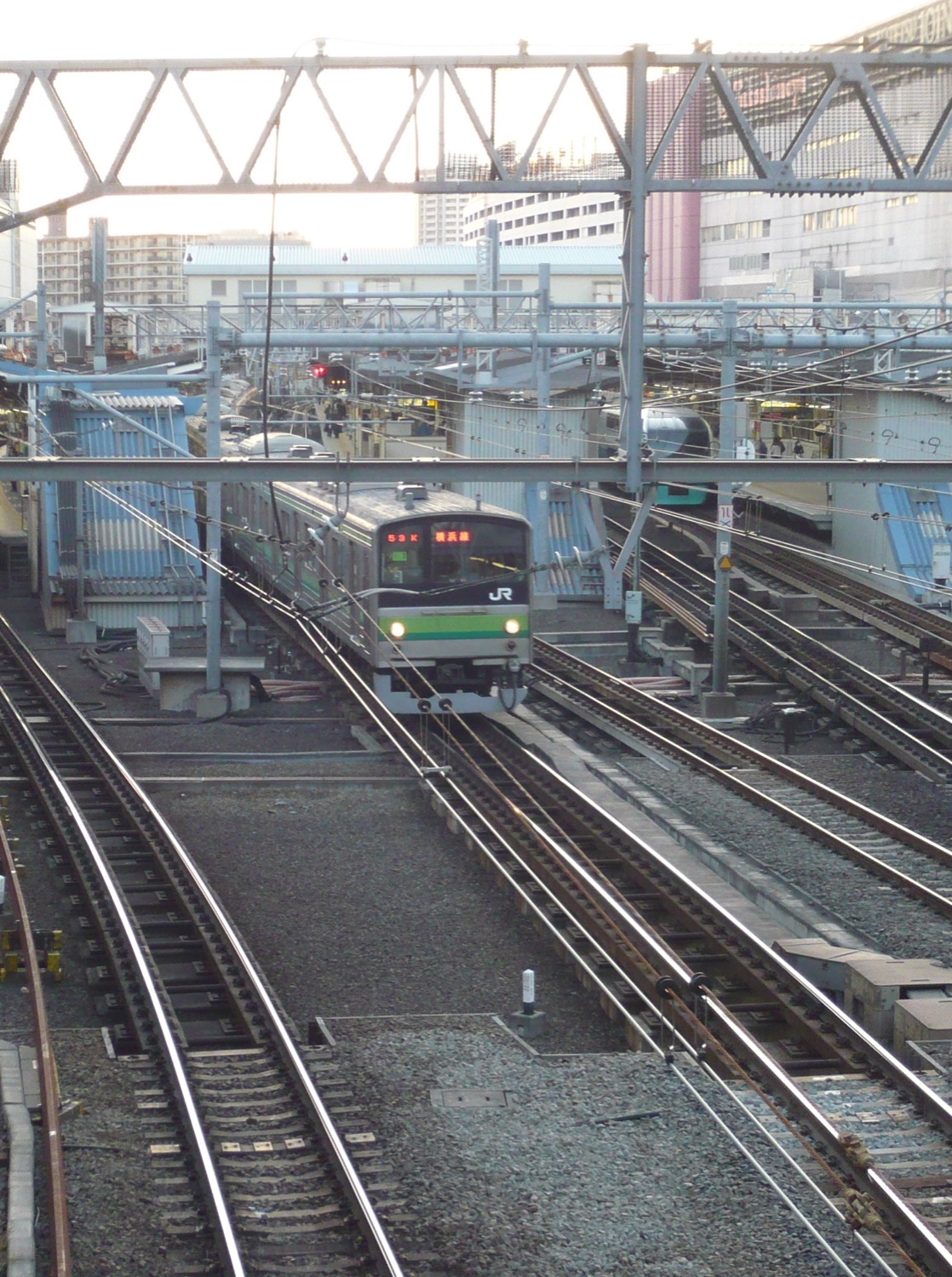
A 205-0 train set leaving Yokohama Station in 2011. This set had been refurbished since its construction and featured LED signboards.
The 205 design was still being tweaked as new sets were coming off the assembly line. The sets delivered to the Yokohama Line had doors with larger windows. The second order of 205s meant for the Keiyo & Musashino Lines featured new face designs with curved windows and smaller lights that was actually inspired by Tokyo Disney Resort (Maihama Station, the gateway to the Tokyo Disney Resort is serviced by both lines) and is said by rail fans to have a "fairy-tale face."
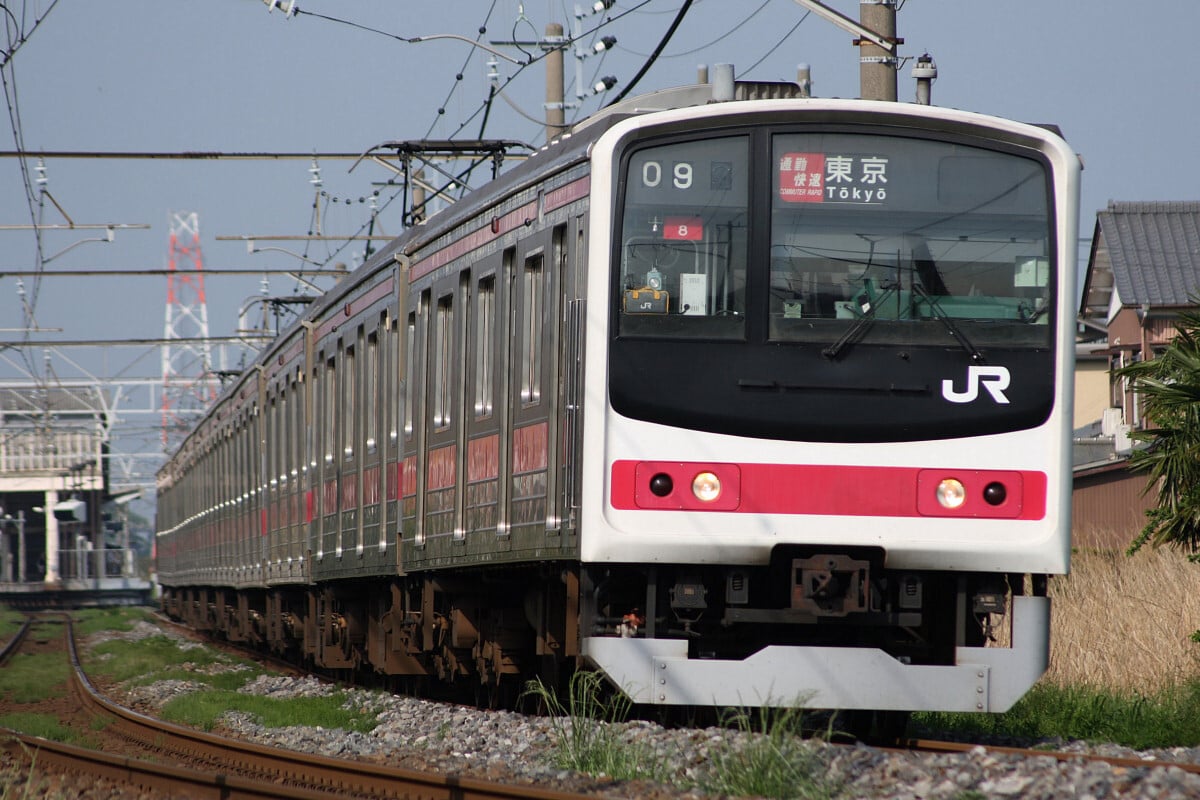
A 205-0 set running the Commuter Rapid service on the Keiyo Line in 2008, featuring the "fairy tale face" facade. Picture from WikiMedia Commons.
ITERATION AND THE ART OF COUNTING BACKWARDS
The 205 production came to include the retroactively-named 204 Series, which were individually-built cars for the purpose of being connected to existing 205 sets to extend their length or to replace worn out 205 cars. (Refer to the title photo description.) Despite their number, the 204 Series cars featured minor improvements over like 205 cars. Some of these 204 cars were built with six doors on each side (!) to better accommodate rush hour foot traffic on the station platform at busier stations, a practice repeated by other JR train sets on other lines in the future but has since been abandoned. Today, all six-door cars on train sets that are still in service have been purposefully retired and replaced with regular four-door cars.
Apart from minor technical and visual tweaks to the original design, the 205 Series had notable changes and improvements that were denoted by several sub-series throughout the years. The 205-1000 Series sets were first built for the Hanwa Line in 1988. They featured larger conductor cab windows, wider seating, improvements to the air conditioning and power systems, and a faster top speed - 110~120km/h, up from 100km/h.
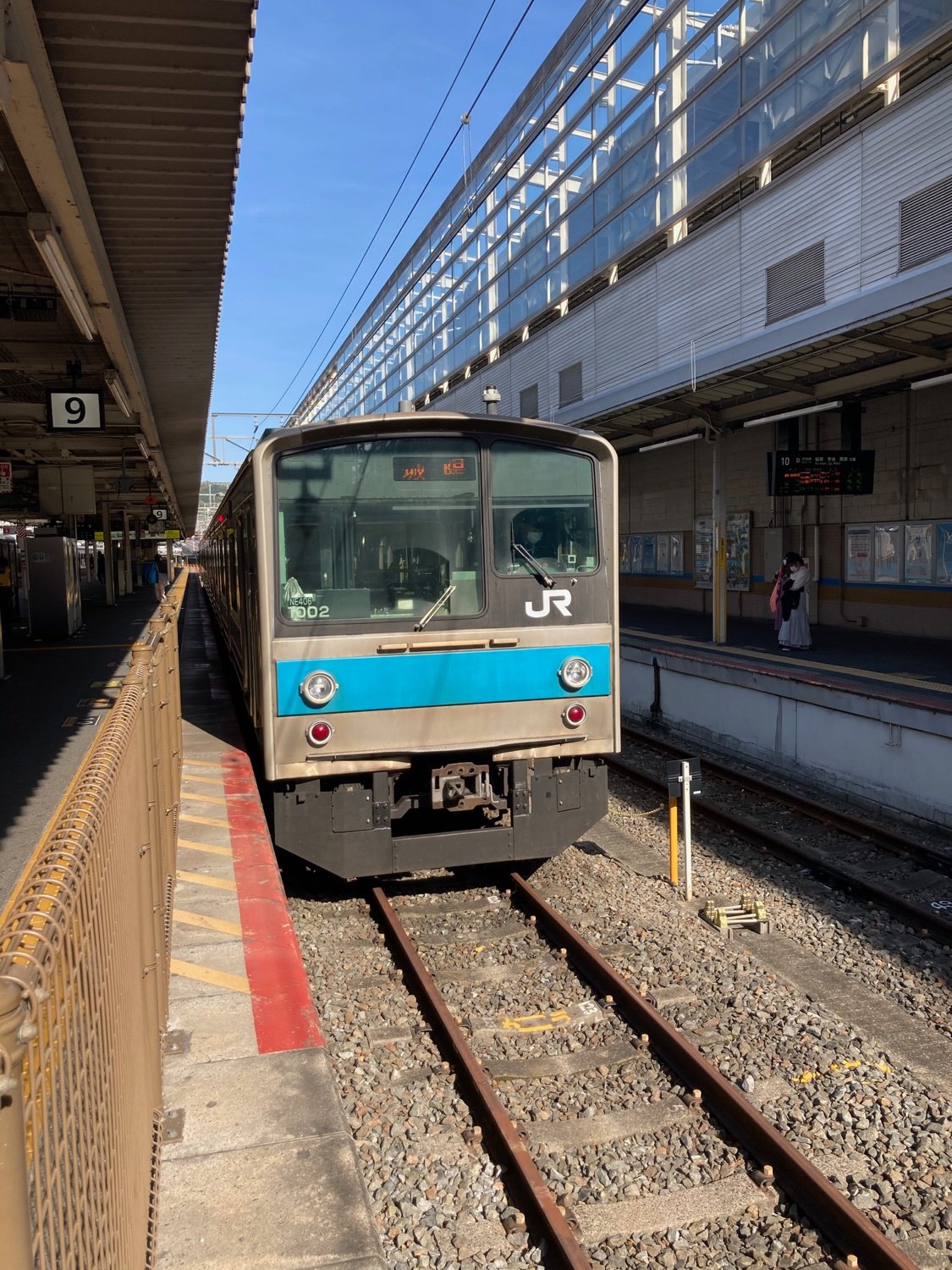
A JR West 205-1000 set laid over at Kyoto Station in 2021. Previously servicing the Hanwa Line, now operating on the Nara Line.
The 205-500 Series (the second of many non-linear numbering across the 205's sub-series) were built exclusively for the Sagami Line in 1991 and were visually very different from other 205 sets. This subseries was designed with at-grade crossings in mind and were the first, but not the only, 205 sets to be fitted with skirts (cow catchers) on the front to displace obstructions on the tracks as a security measure. The 500 subseries also had a much lower top speed of 95km/h.
In 2003, the JR East 205-1000s (not to be confused with the 205-1000s previously built by JR West) were added to Nambu Branch Line. They were refurbished Yamanote and Chuo Line cars partially rebuilt to make shorter two-car trains that could be operated by one person. These trains were the first to adopt the fourth and final conductor cab facade design of the 205 Series. A single, large window for the entire conductor cab and top-mounted headlights. The 205-3000s were added to the Hachiko and Kawagoe Lines. They featured doors that could be manually opened and closed by passengers during long stops. They too were refurbished Yamanote Line trains.
In 2004, the 205-3100s were added to the Senseki Line. They were identical to 205-3000 sets but had added resistance to extreme cold. The 205-1100s were added to the Tsurumi Line. They more closely resembled the train sets added to the Nambu Branch Line and were former Yamanote and Saikyo Line sets. The 205-1200s were added to augment the Nambu Line's existing fleet of 205s. Only the end cars were refurbished into 1200s, the middle cars were unaltered 205-0s leftover from previously constructed sets.
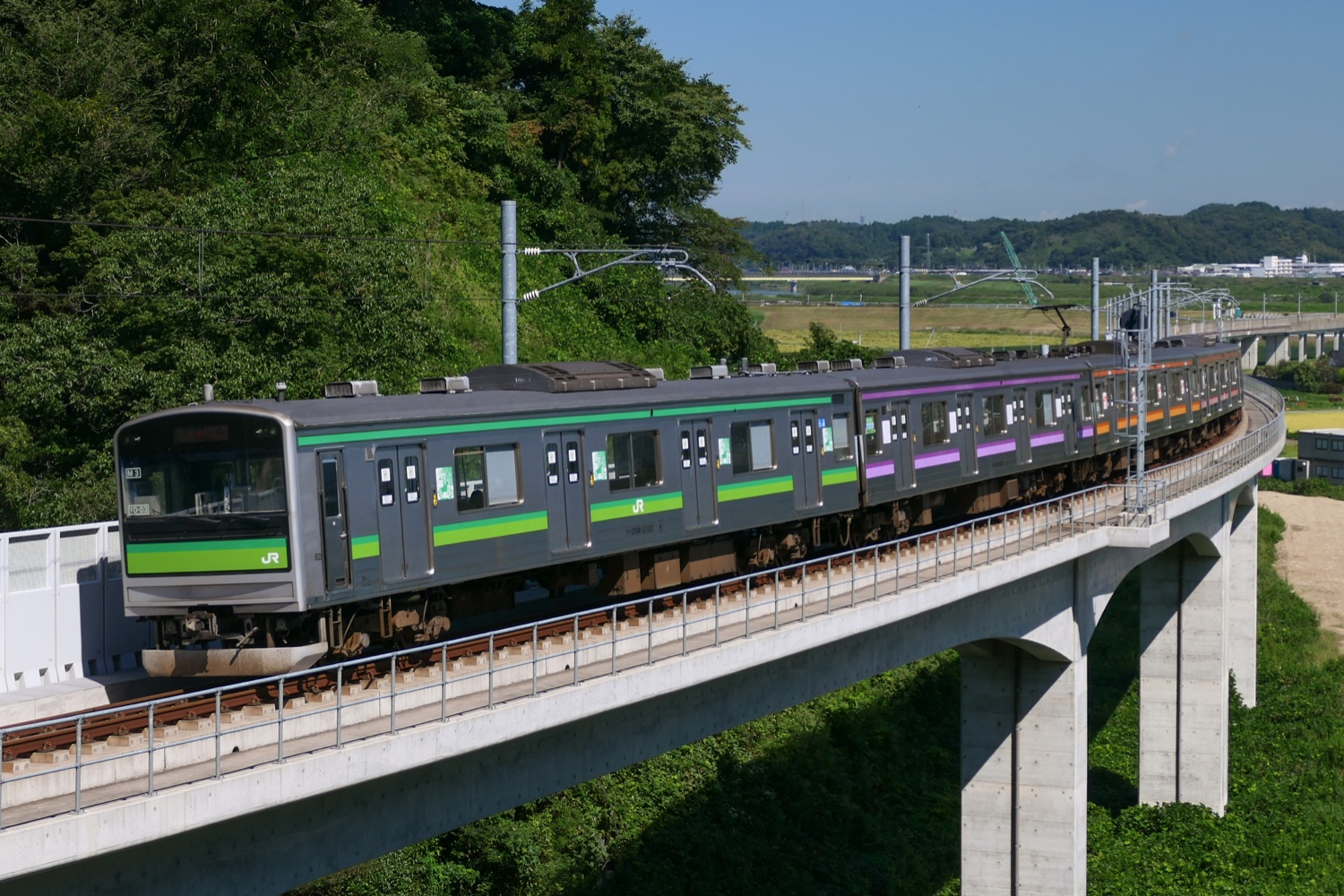
A 205-3100 set featuring a rainbow livery (each car is a different color) and the newest conductor cab facade running on the Senseki Line in 2021. Picture from WikiMedia Commons.
Finally, from 2013, another revision of the 205 Series was built for the Nikko and Utsunomiya Lines. The 205-600 Series fleets were formed completely from refurbished surplus stock leftover from the many years of manufacturing the 205 across multiple construction yards throughout the country. Not all 205-600s looked the same, many of them had the fairy tale face variation but some retained the original "round-eyed" face.
THE MUSASHINO DUMPING GROUND
The Musashino Line (originally a freight corridor converted for passenger trains) was the last line to receive 205 sets with new modifications, and the last revision of the 205 Series built new. Starting in 2002, the 205-5000 was added to Musashino Line, primarily consisting of refurbished Yamanote sets. These newly-formed sets were longer than most of the other lines, all of them eight-car configurations. Six of those eight cars had their own motors to handle the steep difference in grade throughout the line going from below ground trenches to high above ground, especially when connecting to the Keiyo Line for joint service.

A 205-5000 appraoching Funabashihoten Station in the snow in 2016.
As time went on, the 205s on their respective lines were being replaced with newer train models. One of the first lines to be updated was the Yamanote Line, which is why so many of its trains were used to introduce the 205 Series to smaller, more rural lines. But after the even older train sets became completely phased out in Japan, the 205 Series train sets were in turn replaced themselves. The Musashino Line was the last line in Japan to operate 205s exclusively. So it became a dumping ground of sorts for the many variants of 205 train sets collected from the many other lines that retired them. By the late 2010s, the Musashino Line maintained a rag tag fleet of the few 205s that still ran reliably, including the last remaining "fairy tale face" 205-0 train set in operation. Starting in 2018, the 205s began to be taken out of service and replaced with the Chuo Local Line's refurbished 231 Series fleet. The last 205 train sets running regular service on the Musashino Line were formally retired in late 2020.
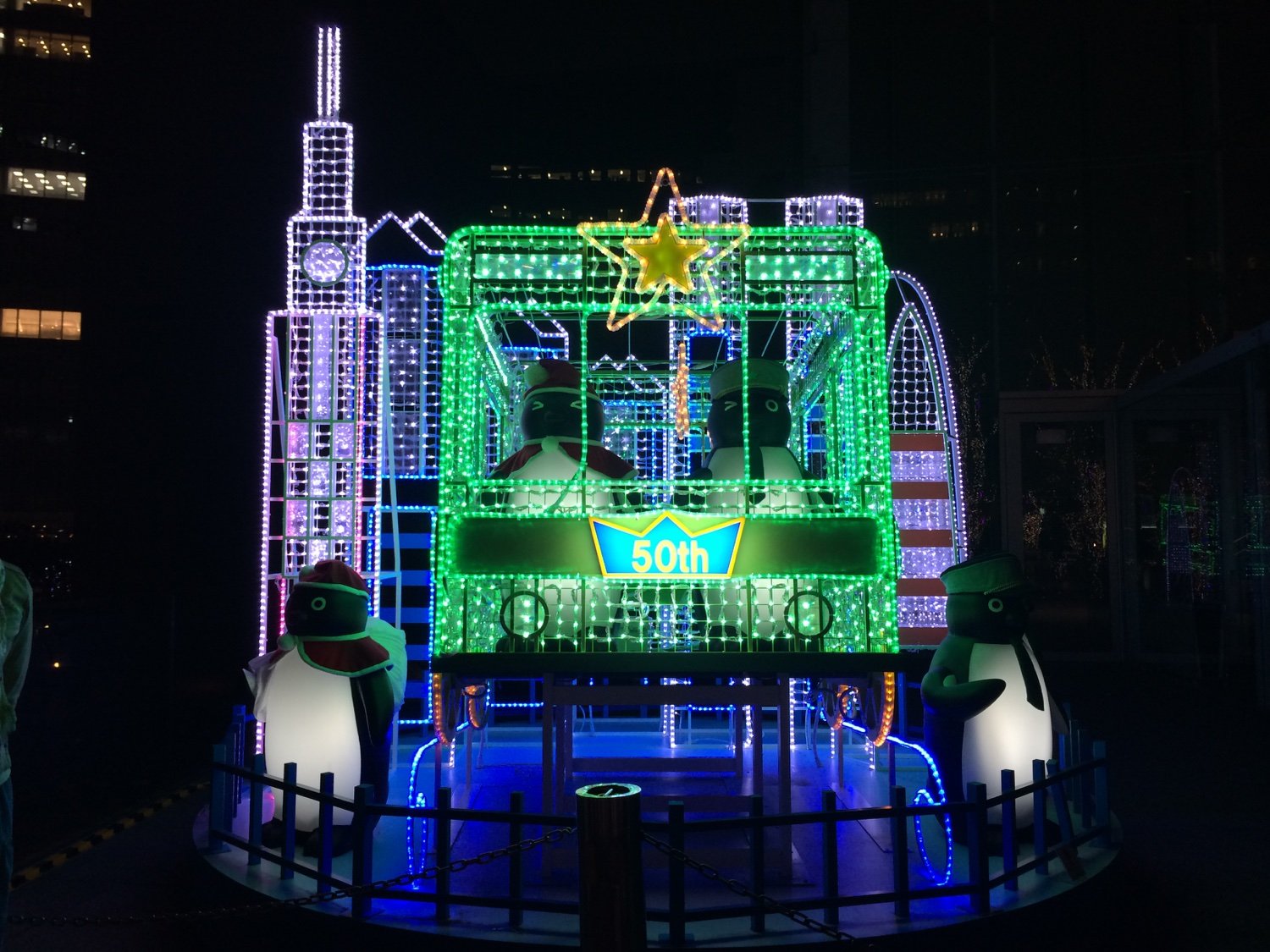
Part of a Christmas display in Shinjuku Terrace City celebrating the 50th anniversary of the Yamanote Line's green line color (sure, why not?) outside of Shinjuku Station in 2013. The train depicted is the 205 Series.
LIFE AFTER DEATH
All of the trains that had still been running on the Musashino line were mothballed and sold to Indonesia. Previously, many of the 205 sets on the Saikyo Line had previously been transferred to Indonesia. Those trains now enjoy a second lease on life operated by KC PTI.
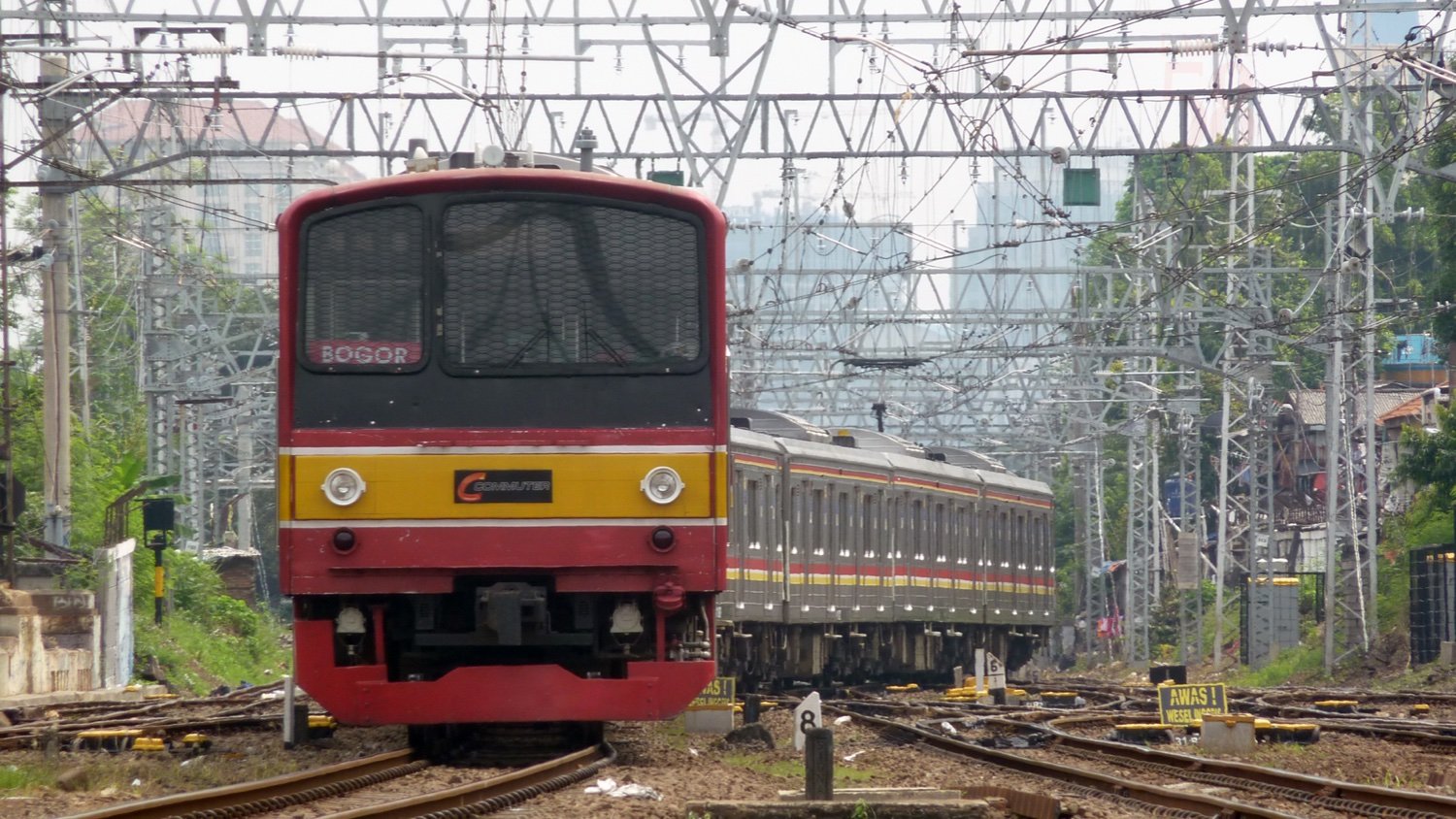
A former 205 Series repainted and operating in Jakarta in 2016. Photo from WikiMedia Commons.
Additionally, six of the scrapped 205 train sets from other lines were rebuilt and refurbished into the Fujikyu Railway 6000 Series for operation on that line in Yamanashi Prefecture and are still in use today.
Photos and video taken by me between 2011 and 2021, unless otherwise noted. Part of my Rolling Stock series of posts.
Previous posts:
Stations
Rolling Stock
Individual & Unique Trains
Random Photos
Train Lines












